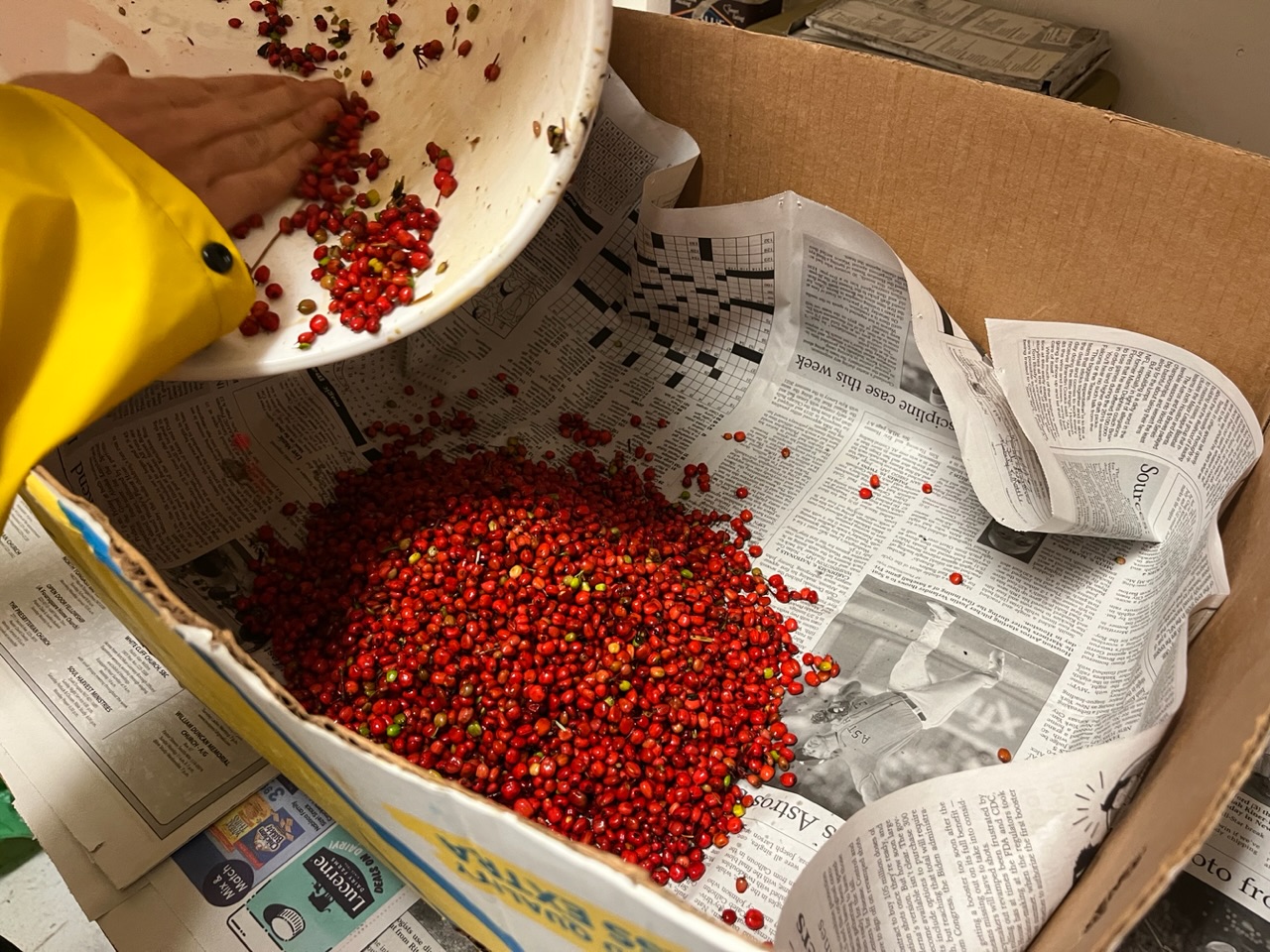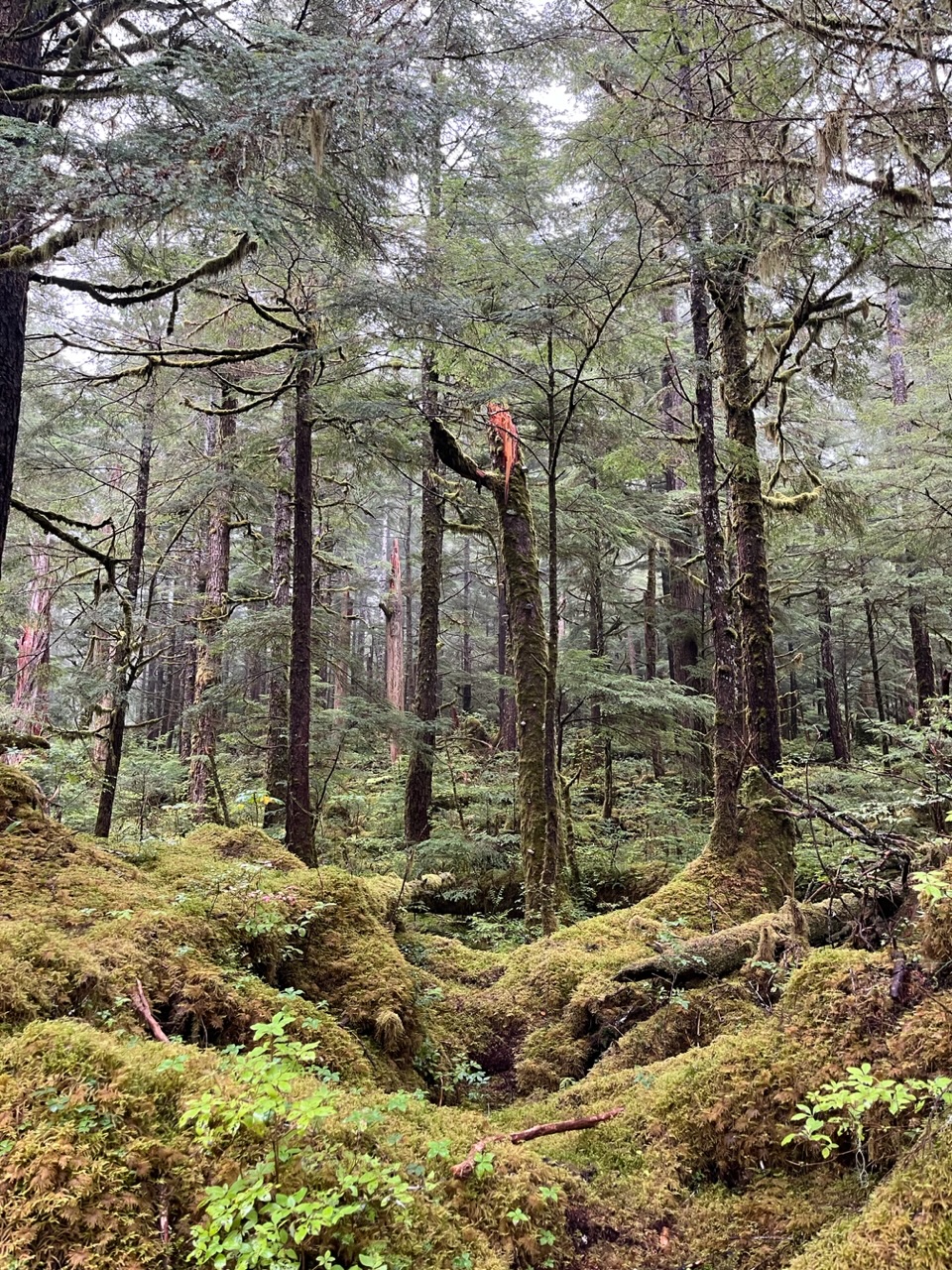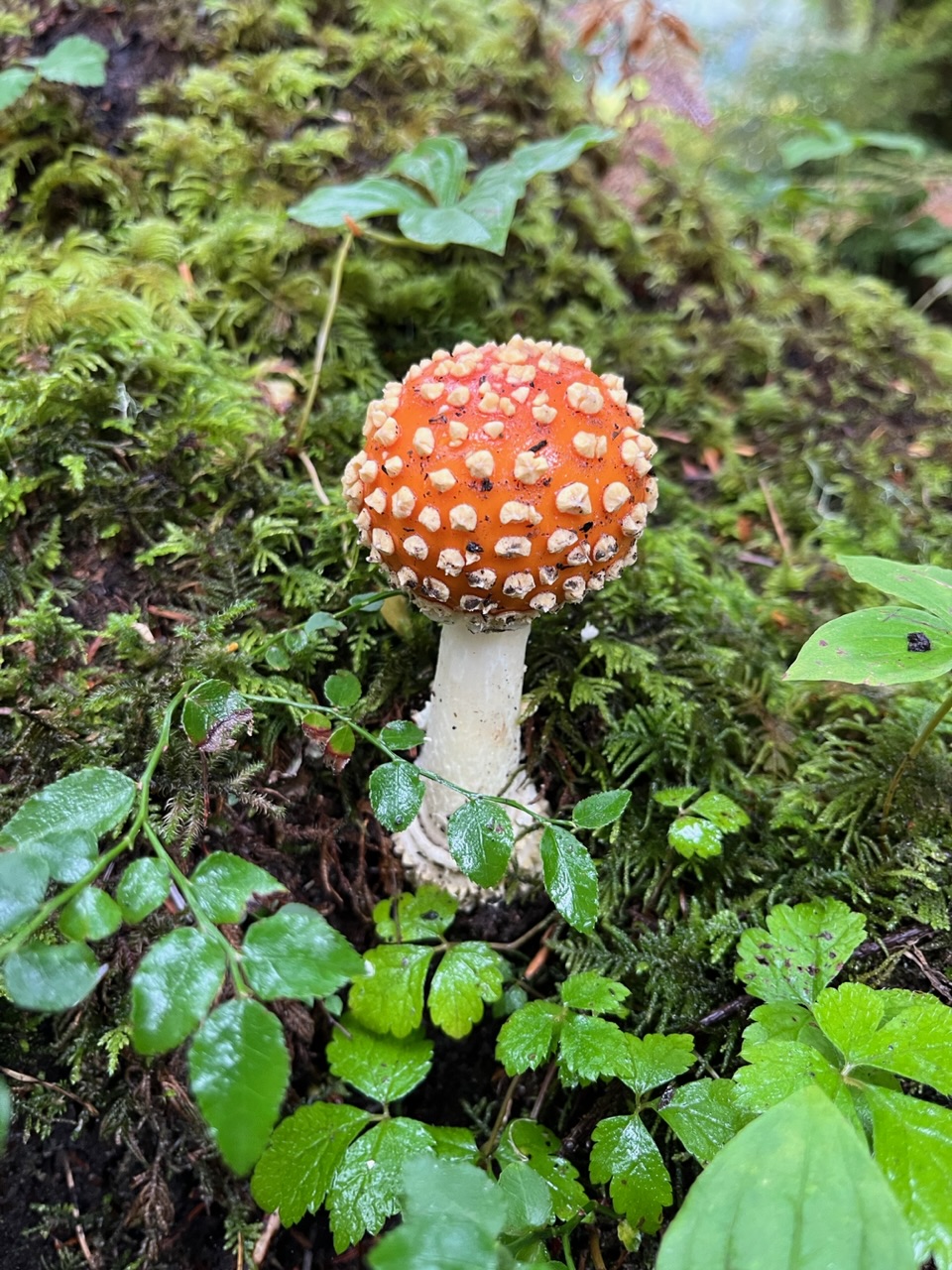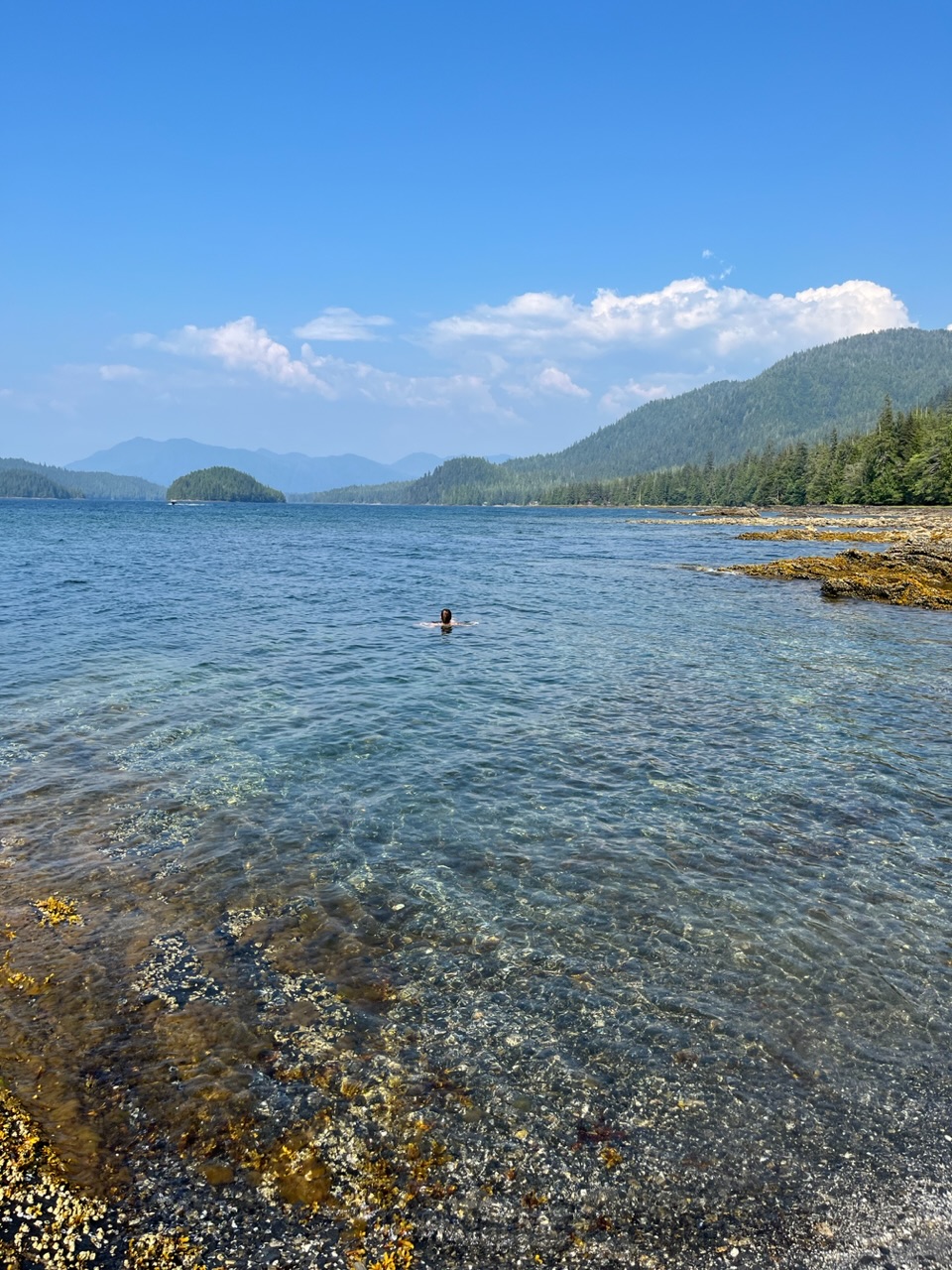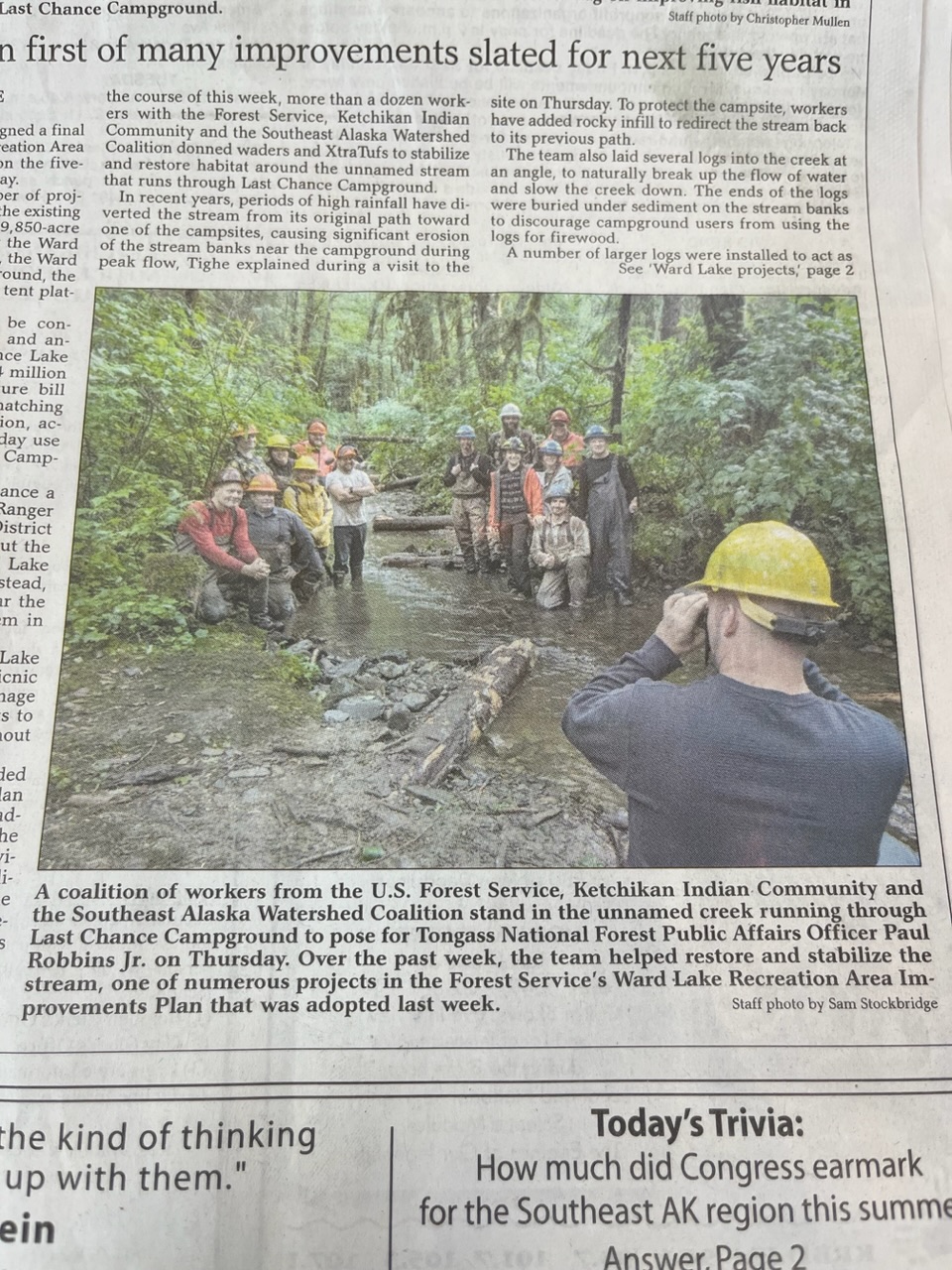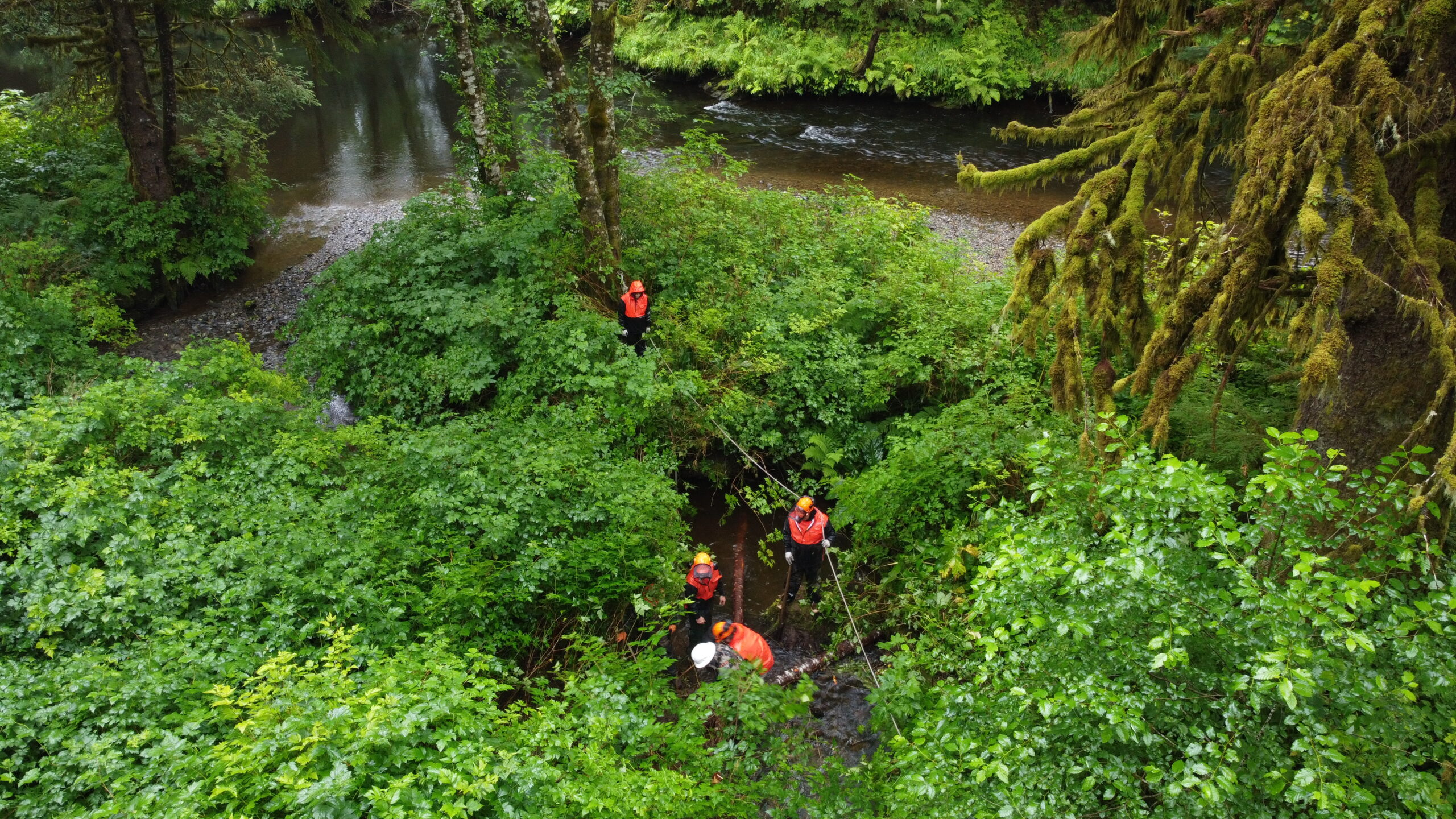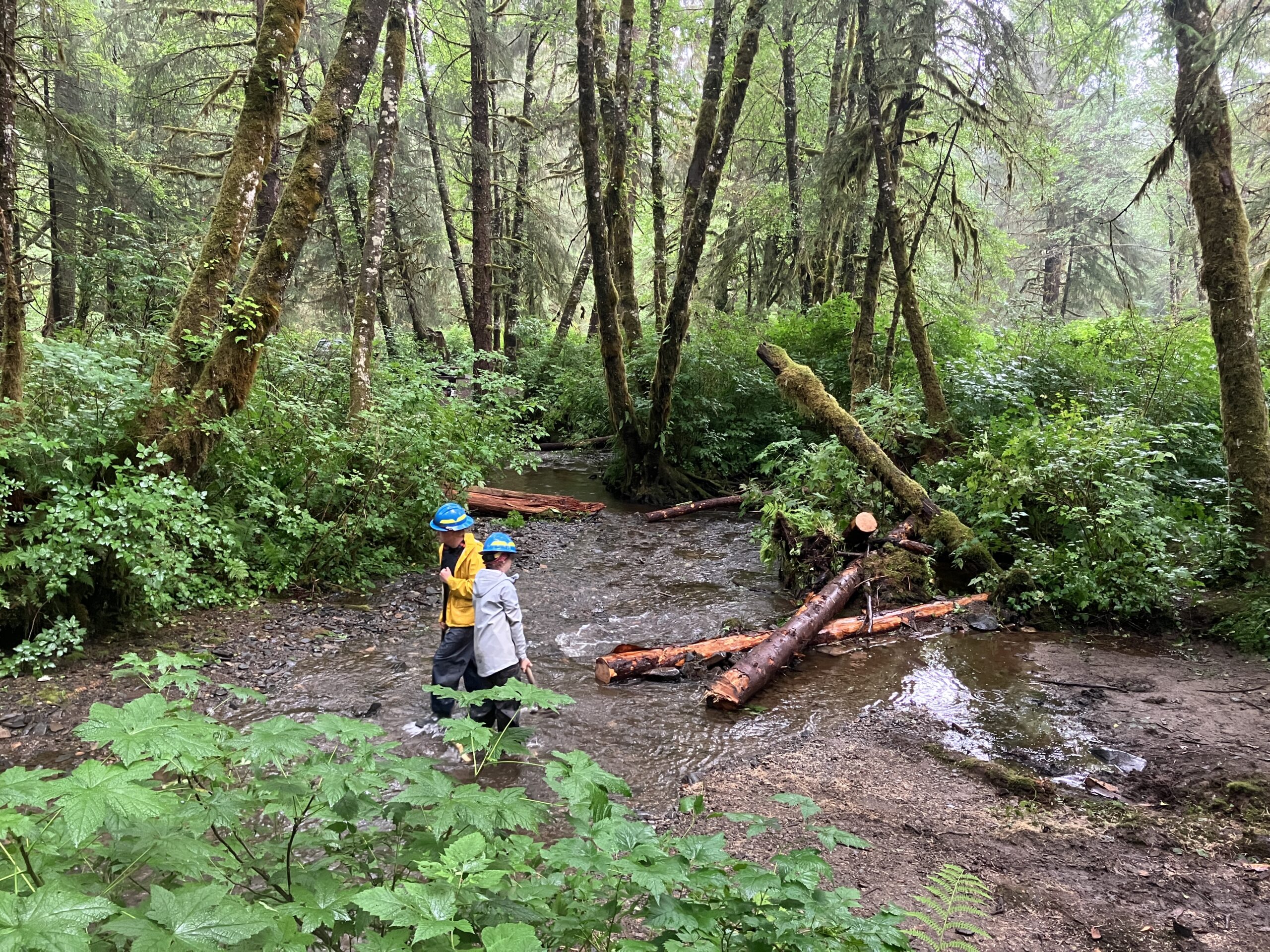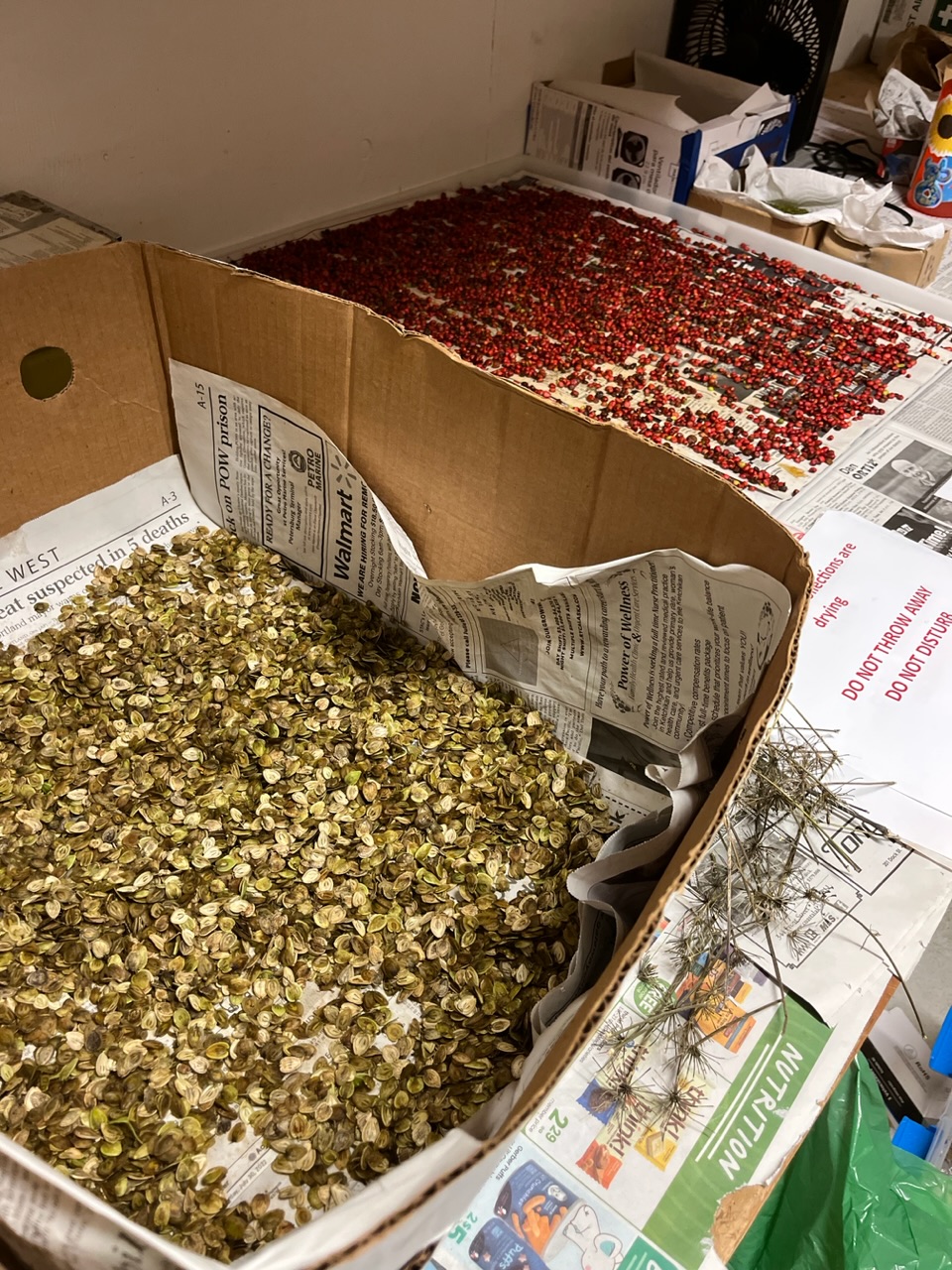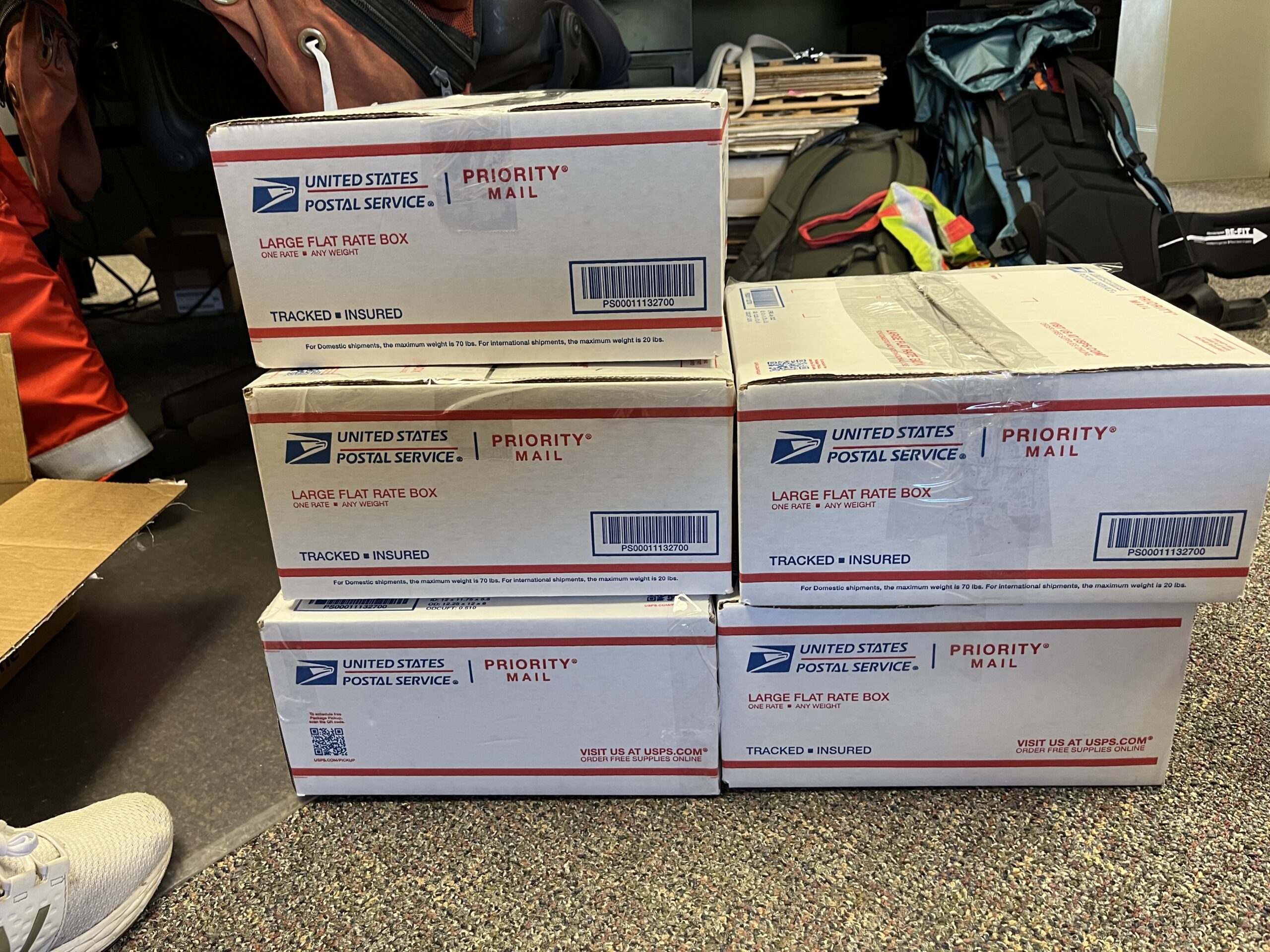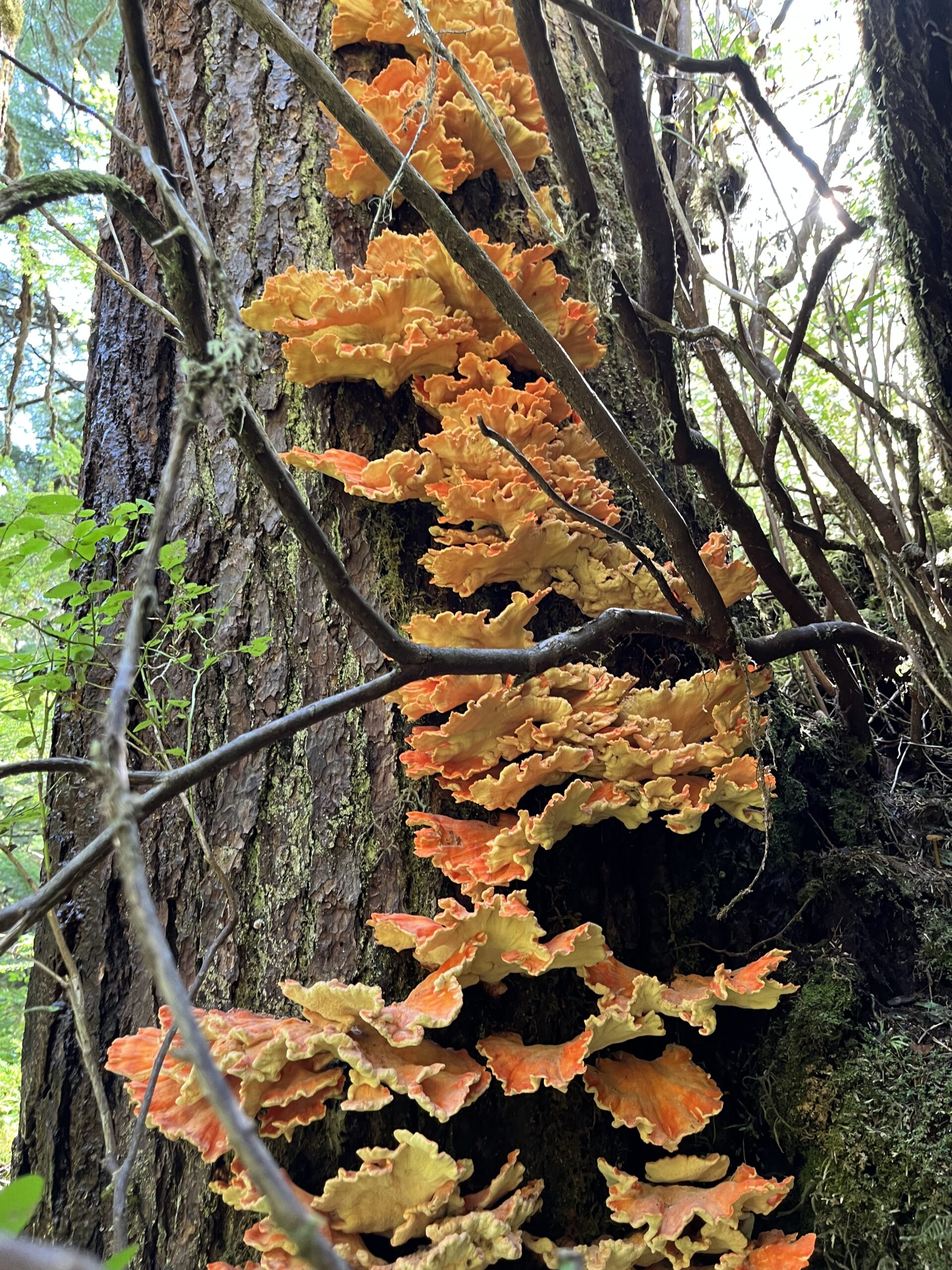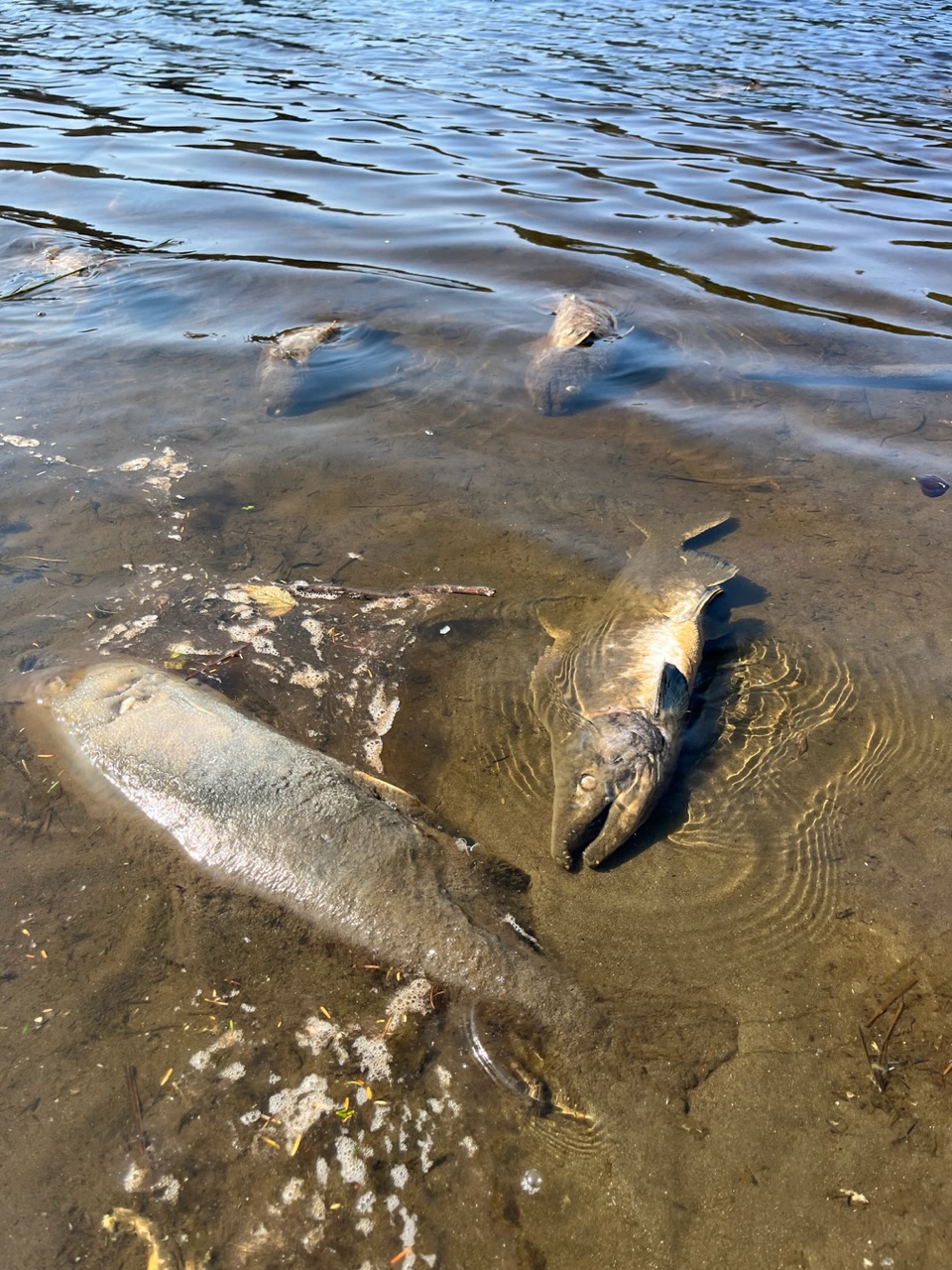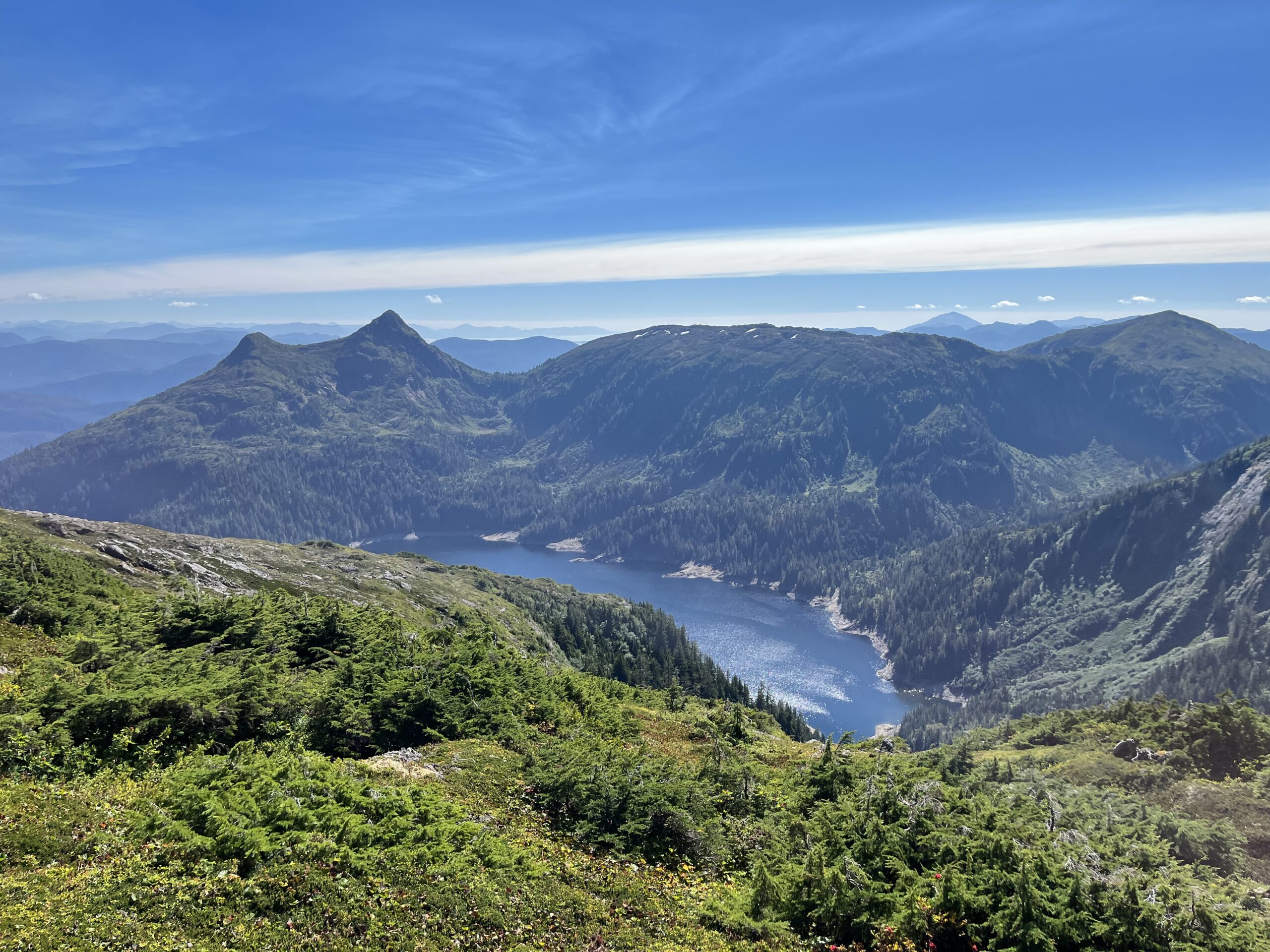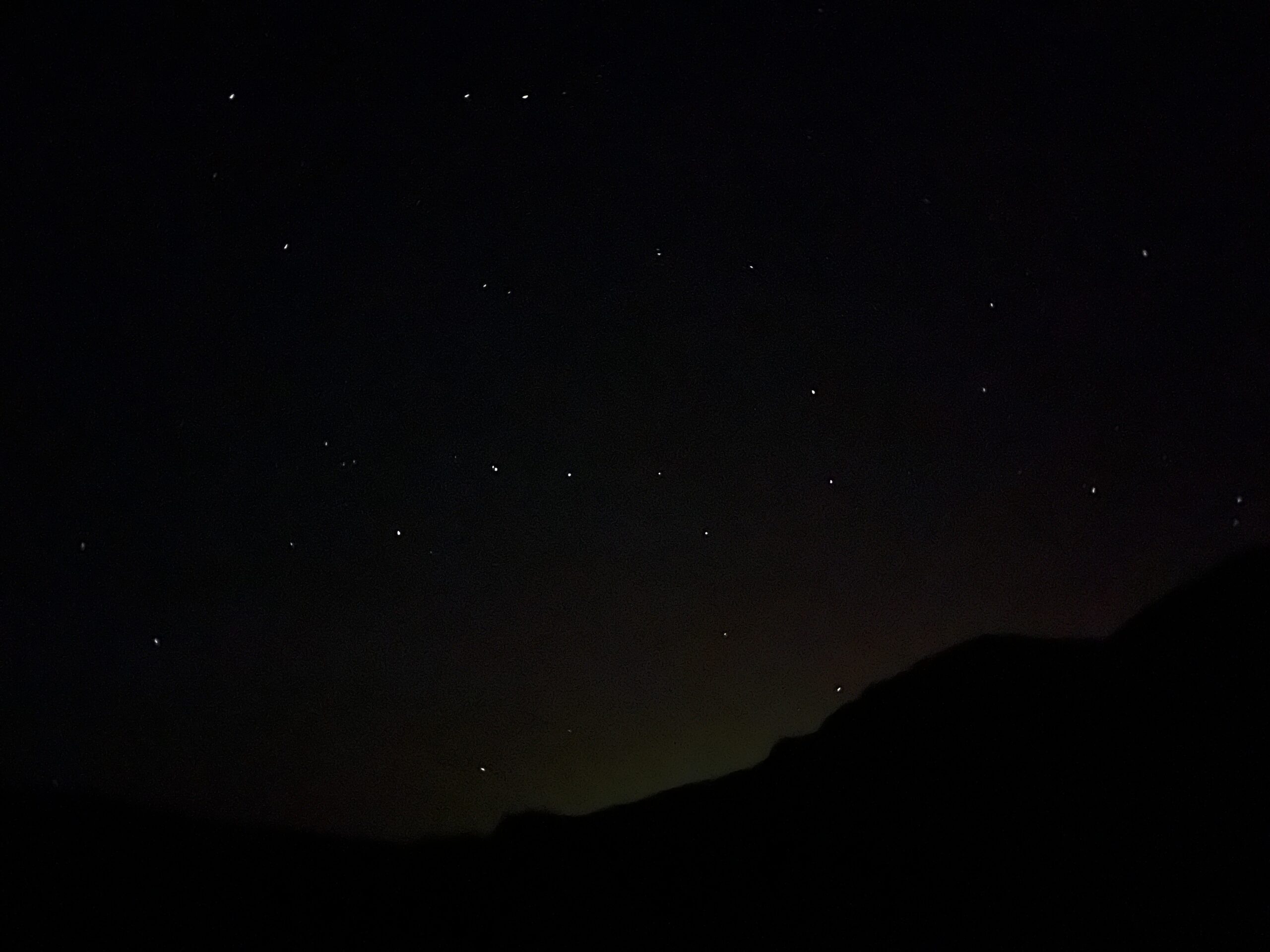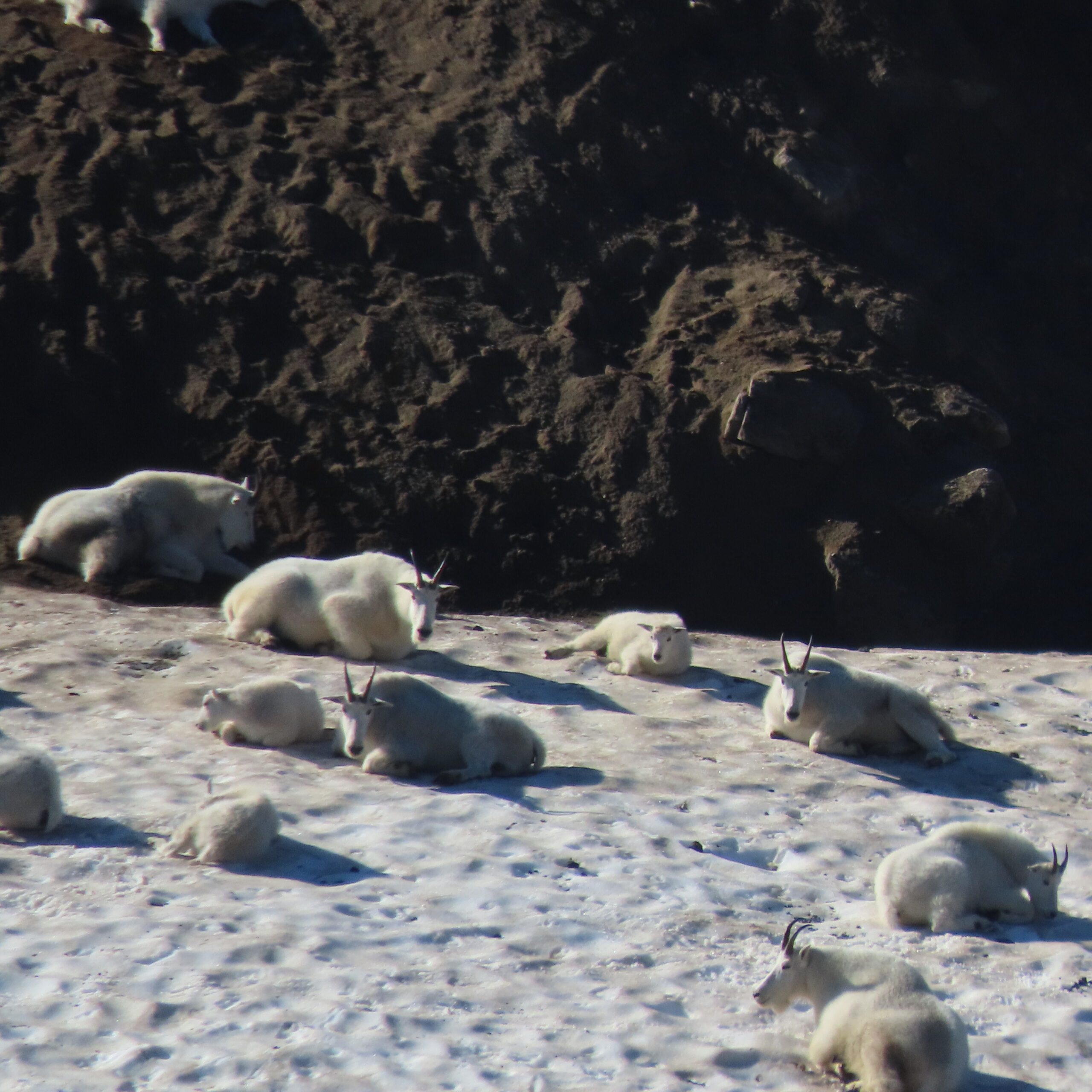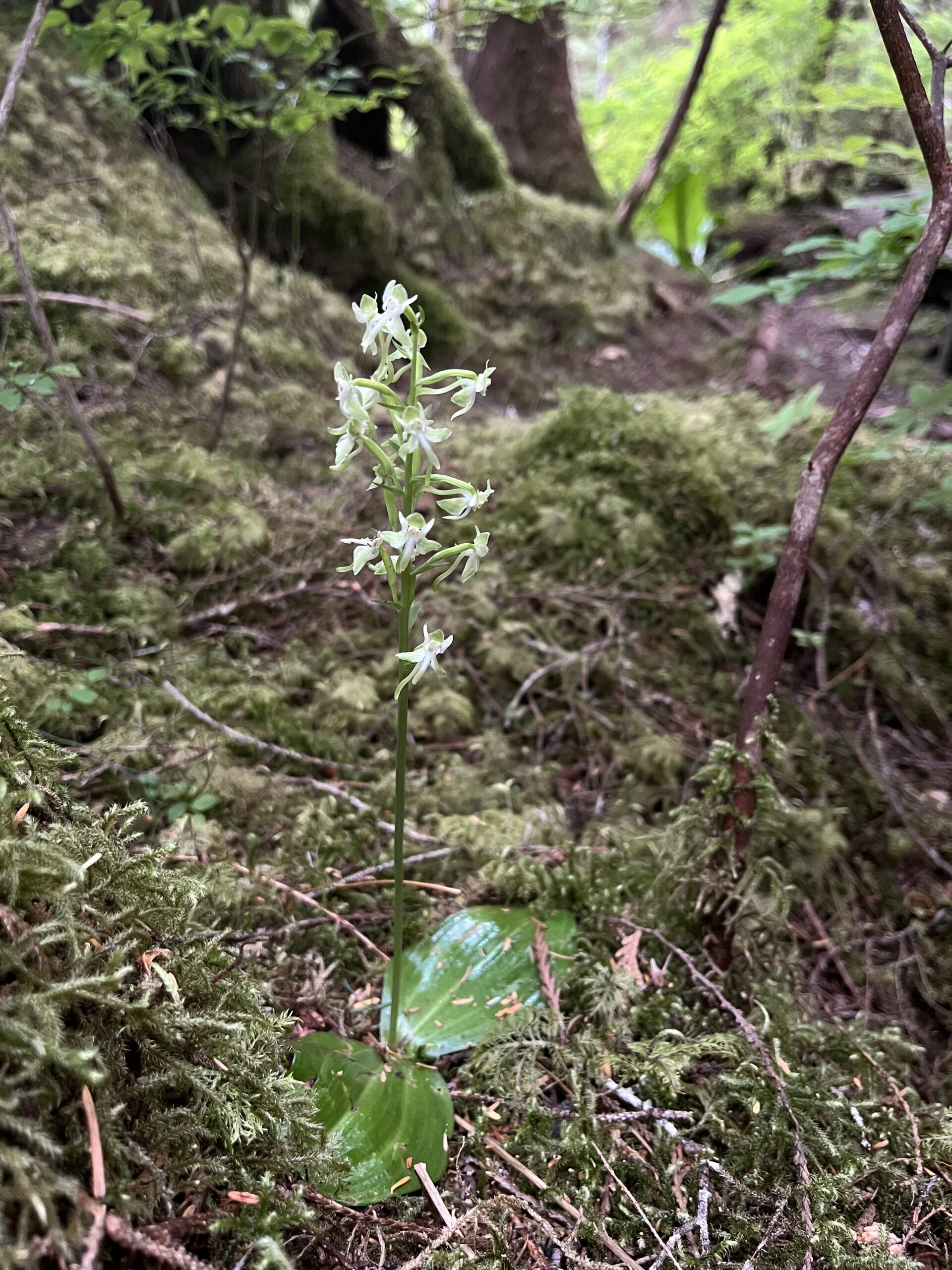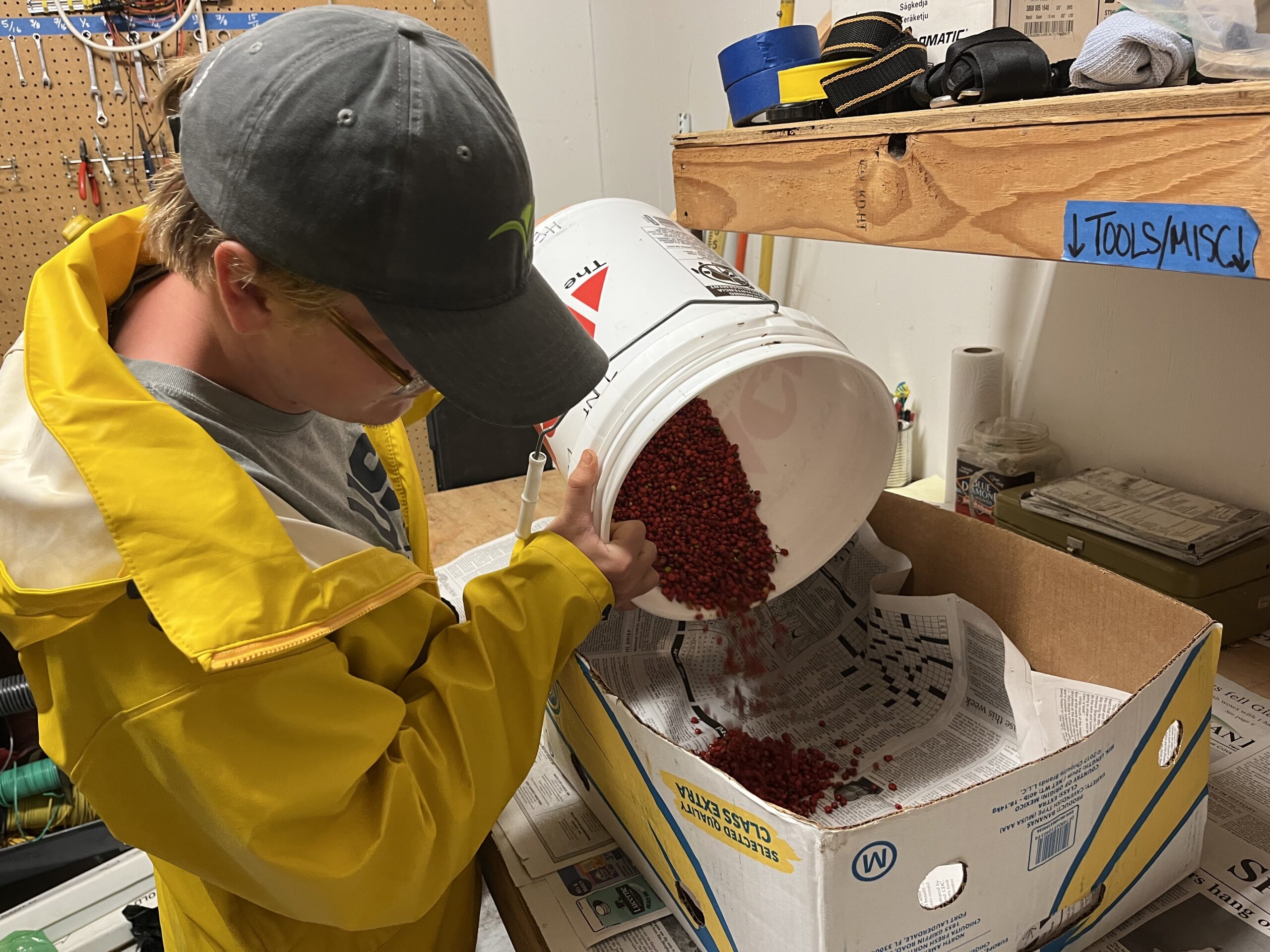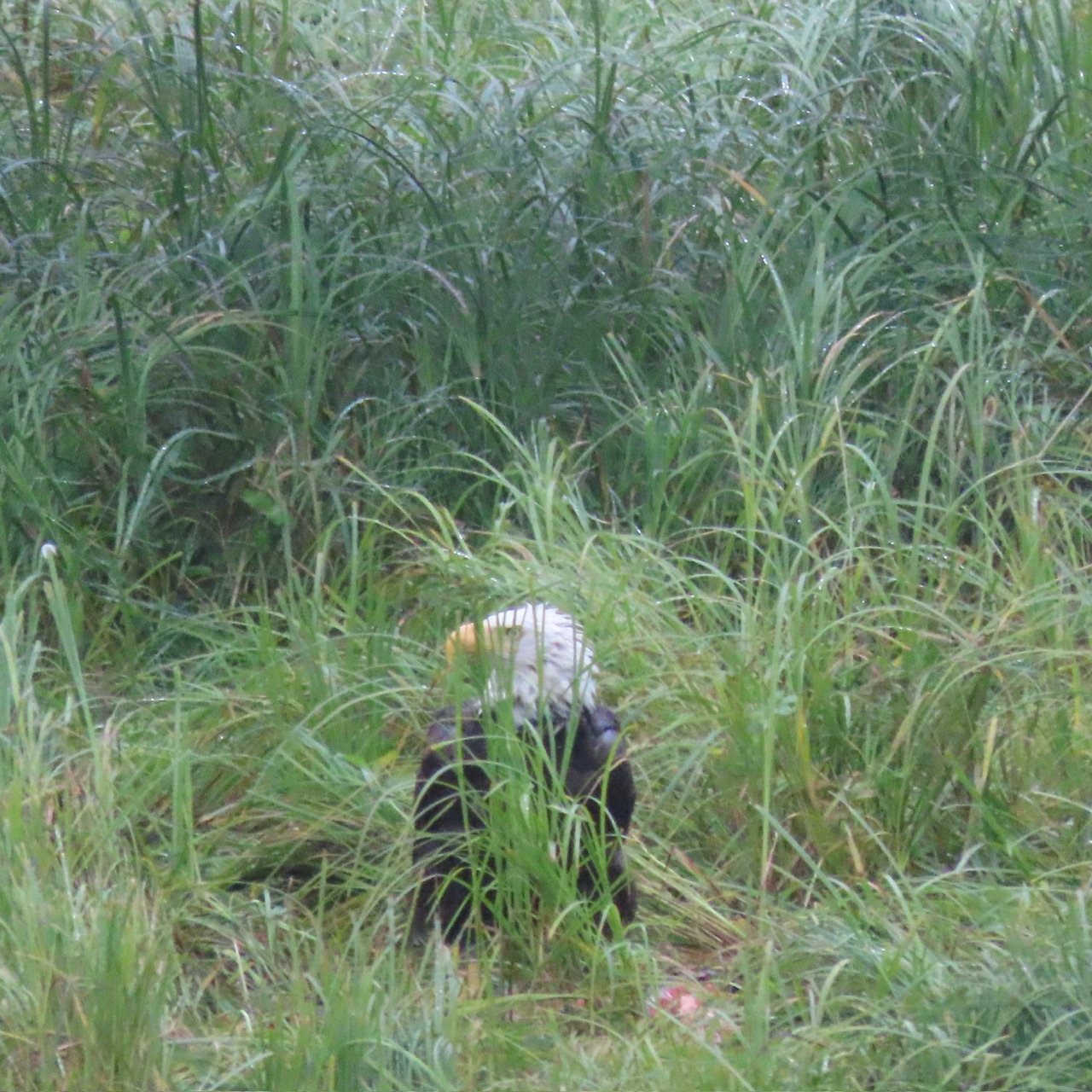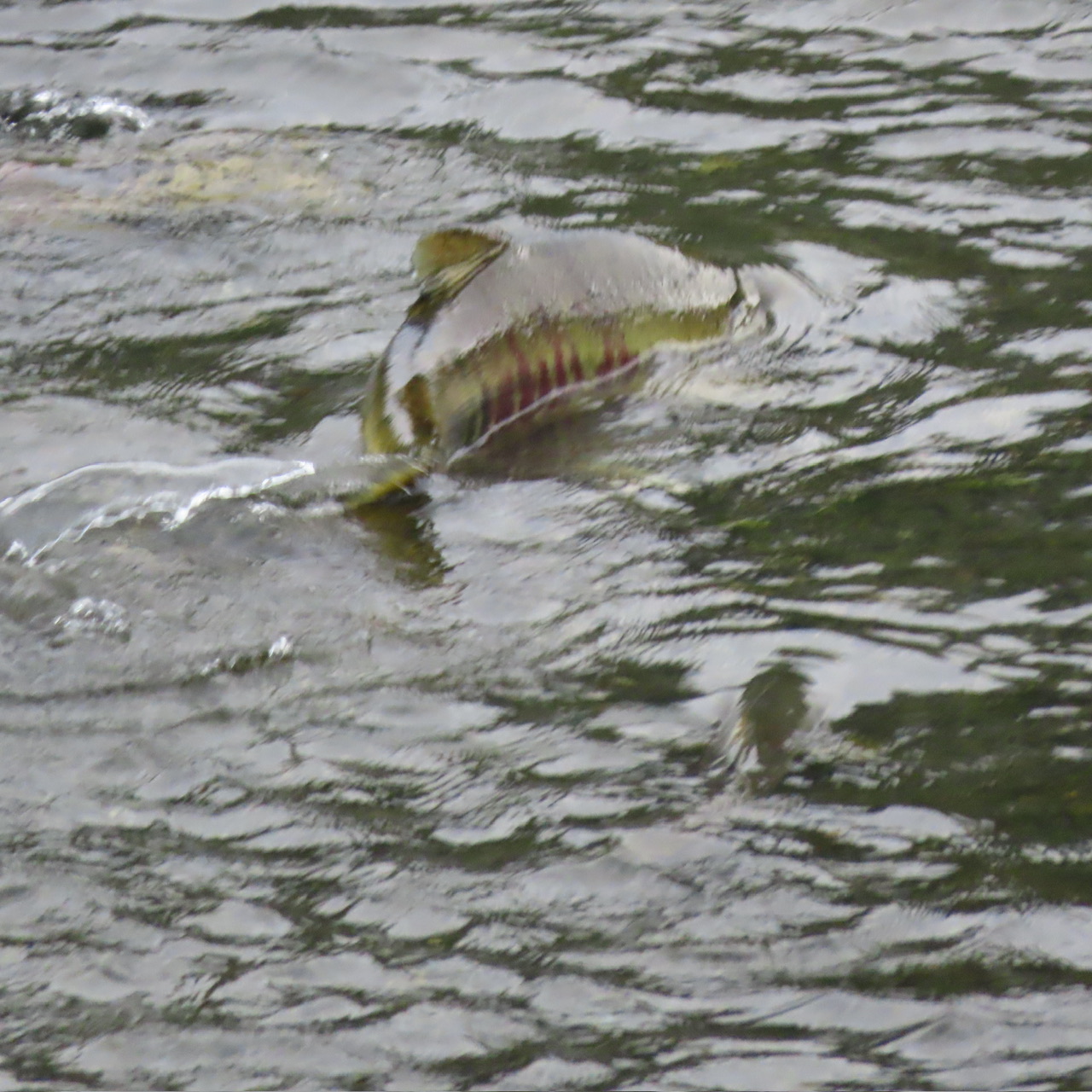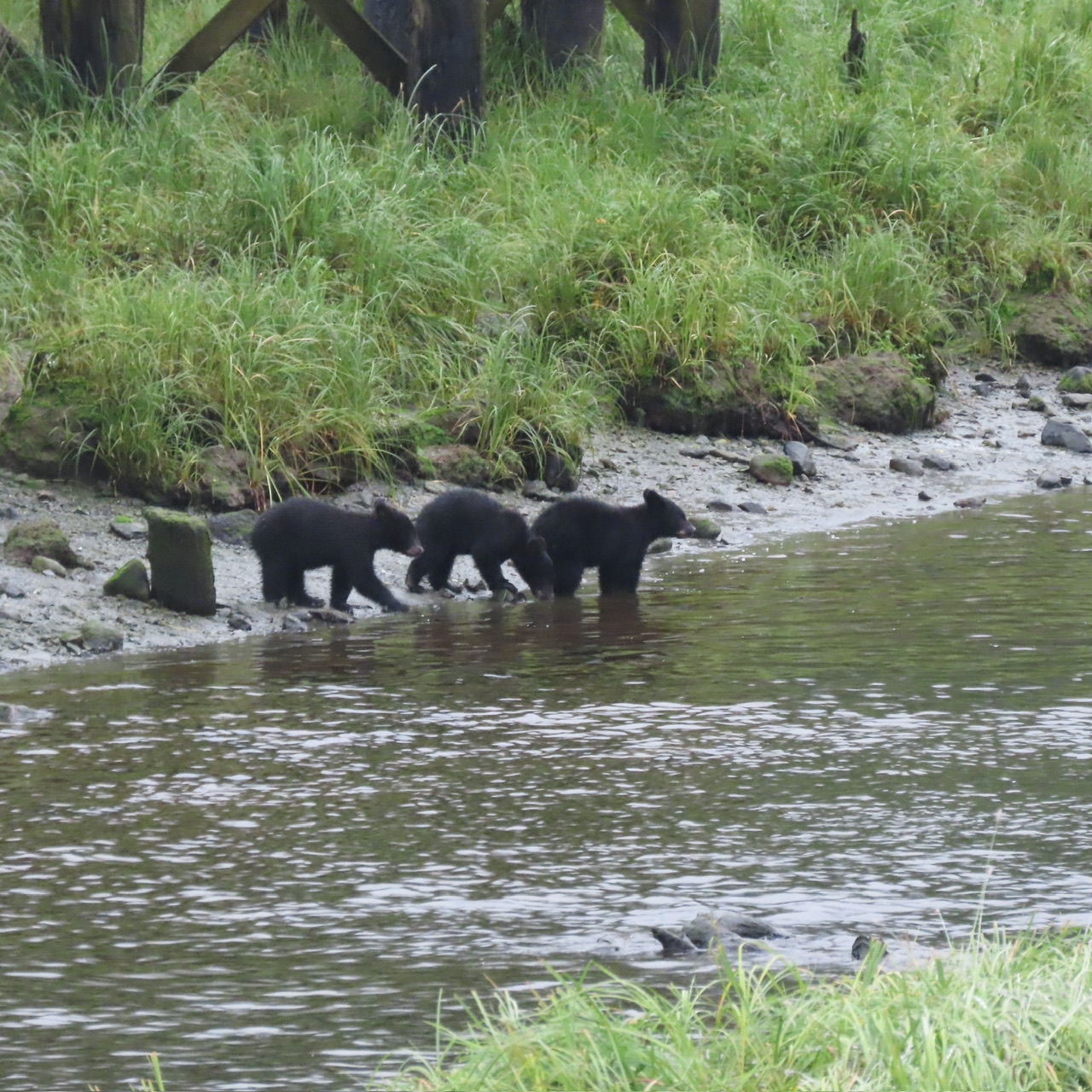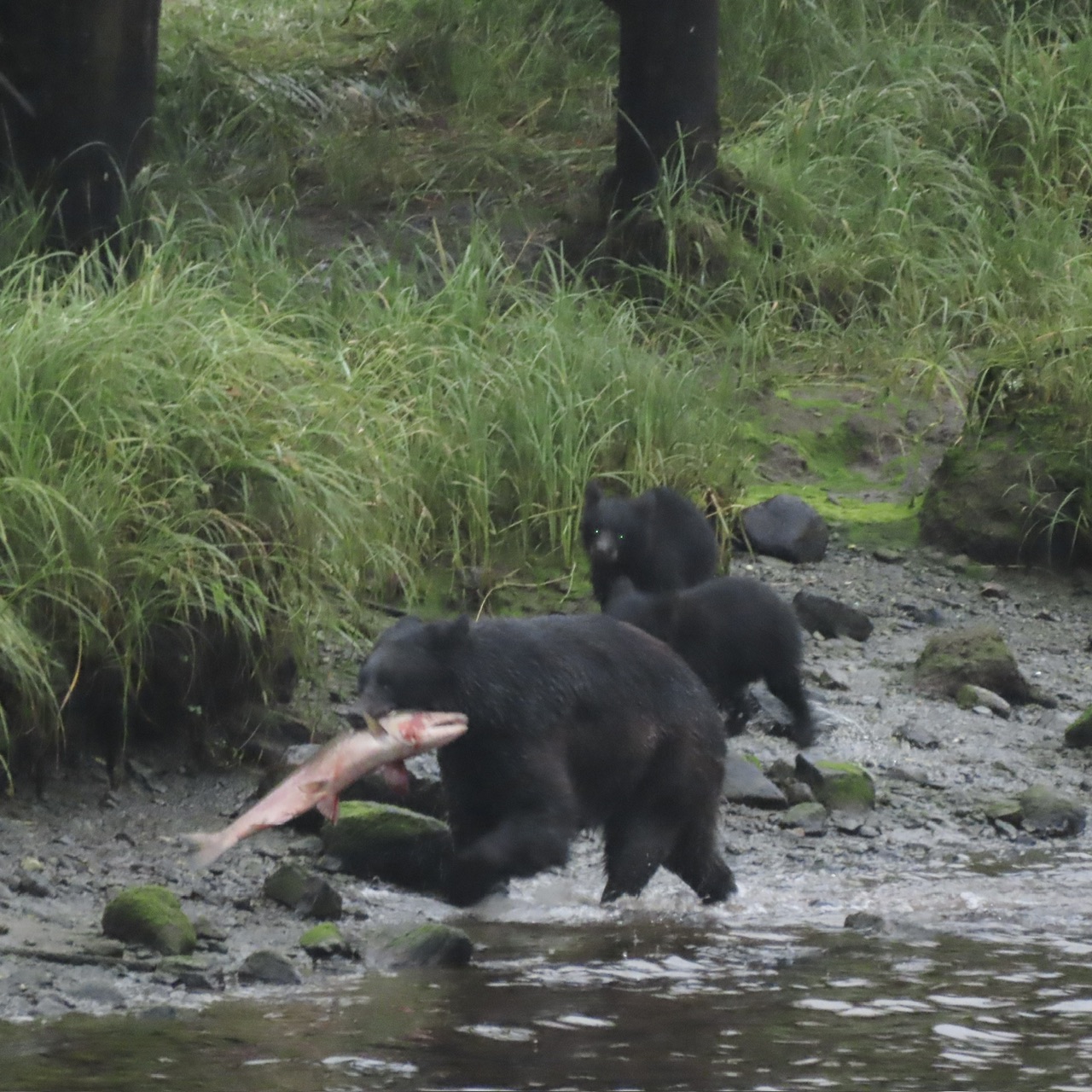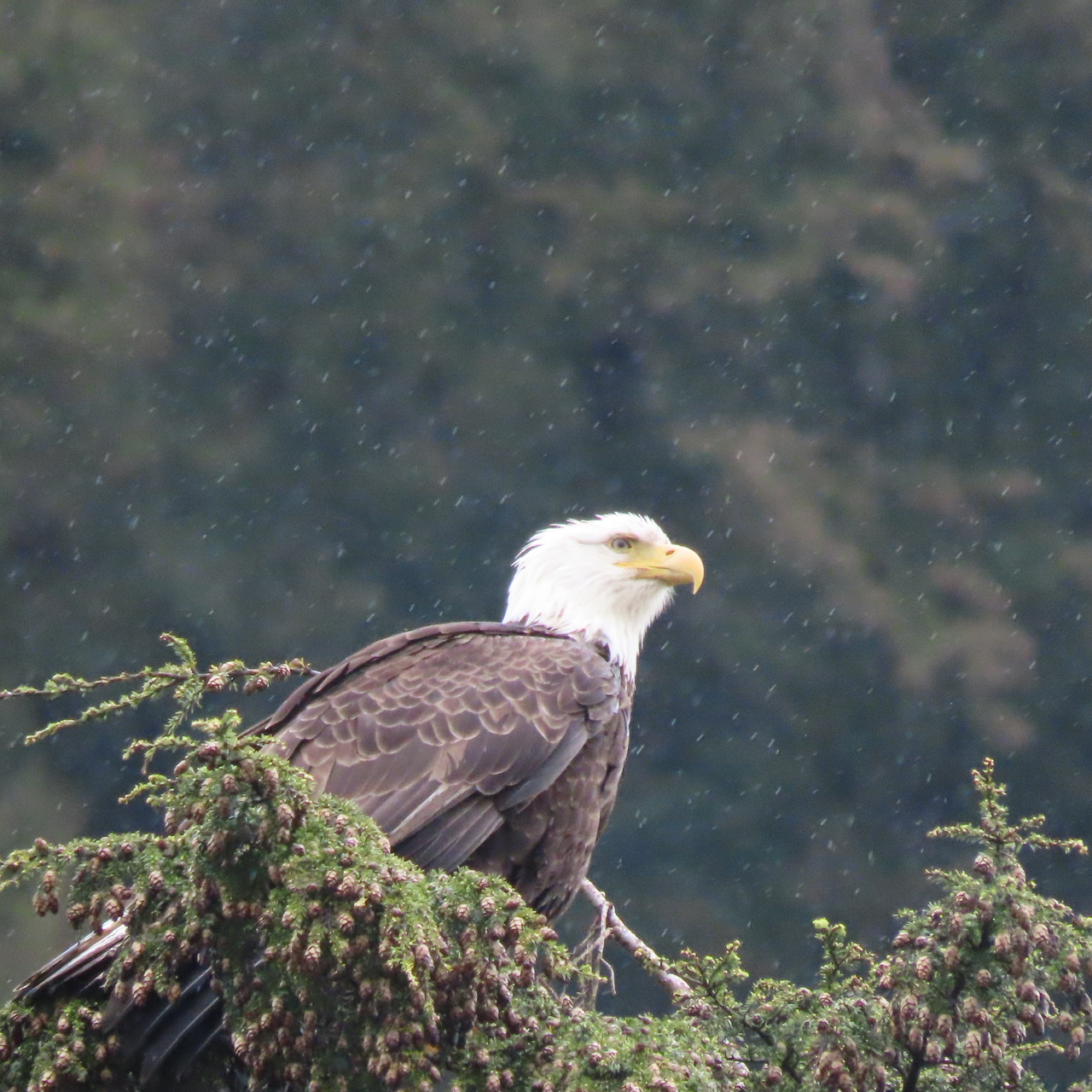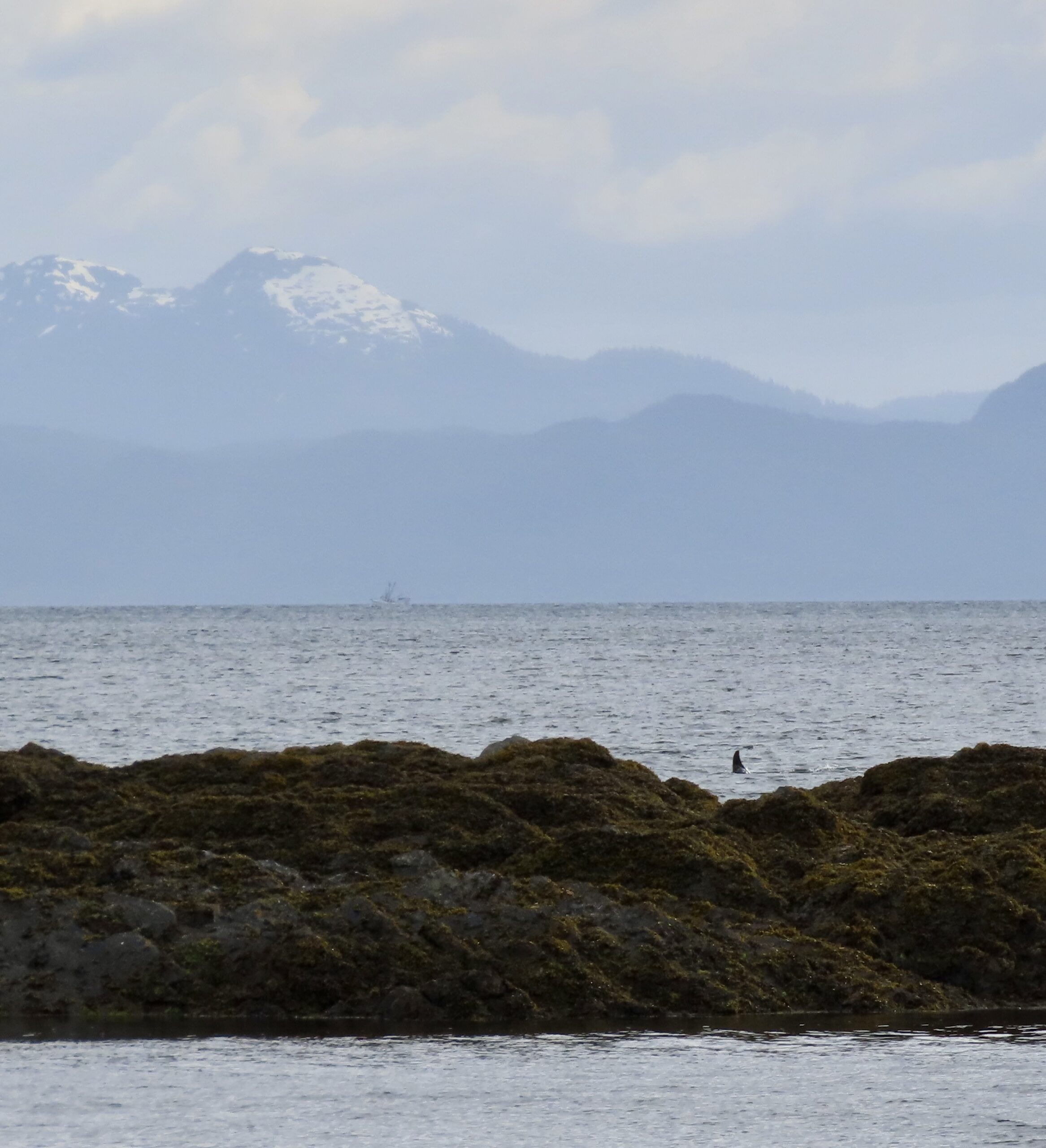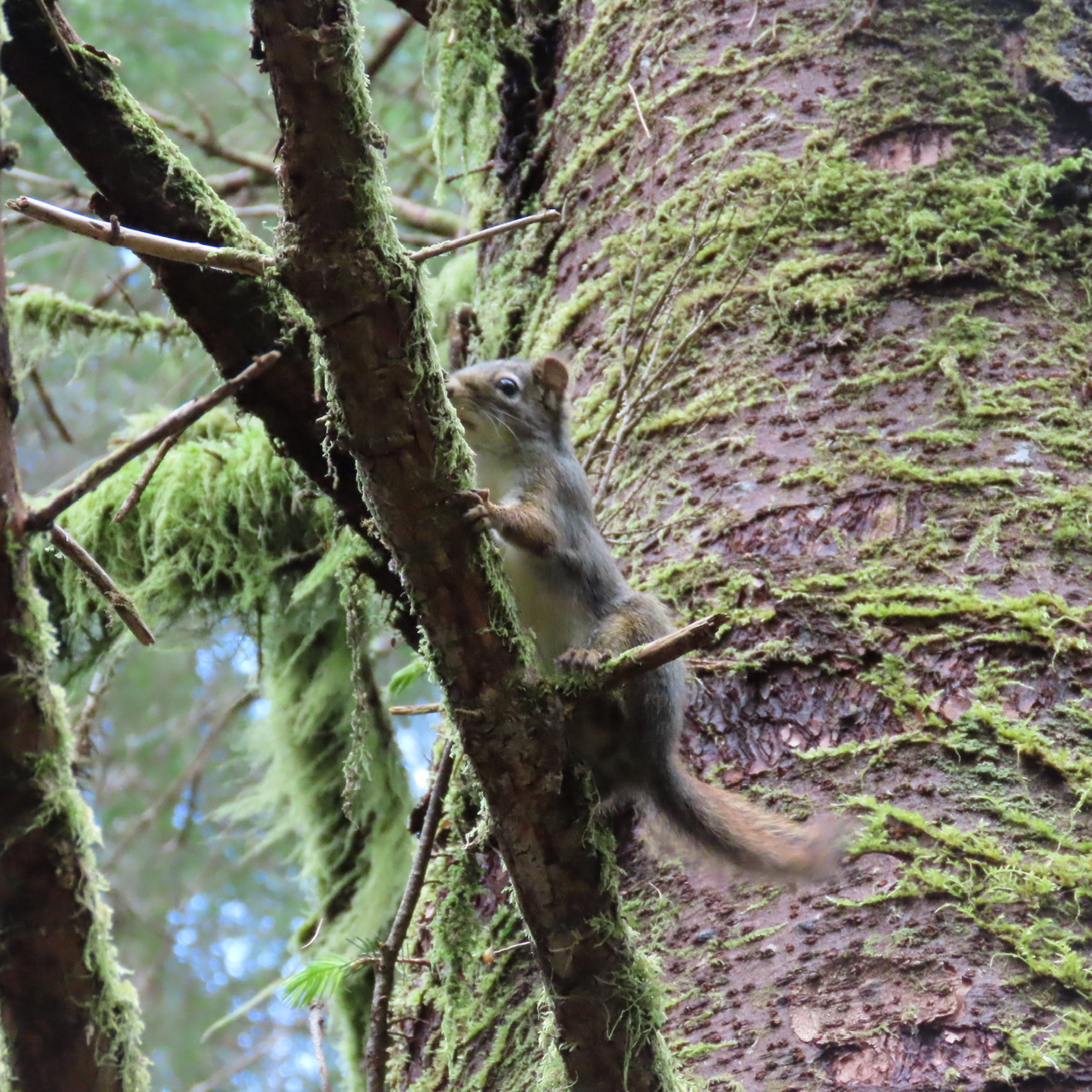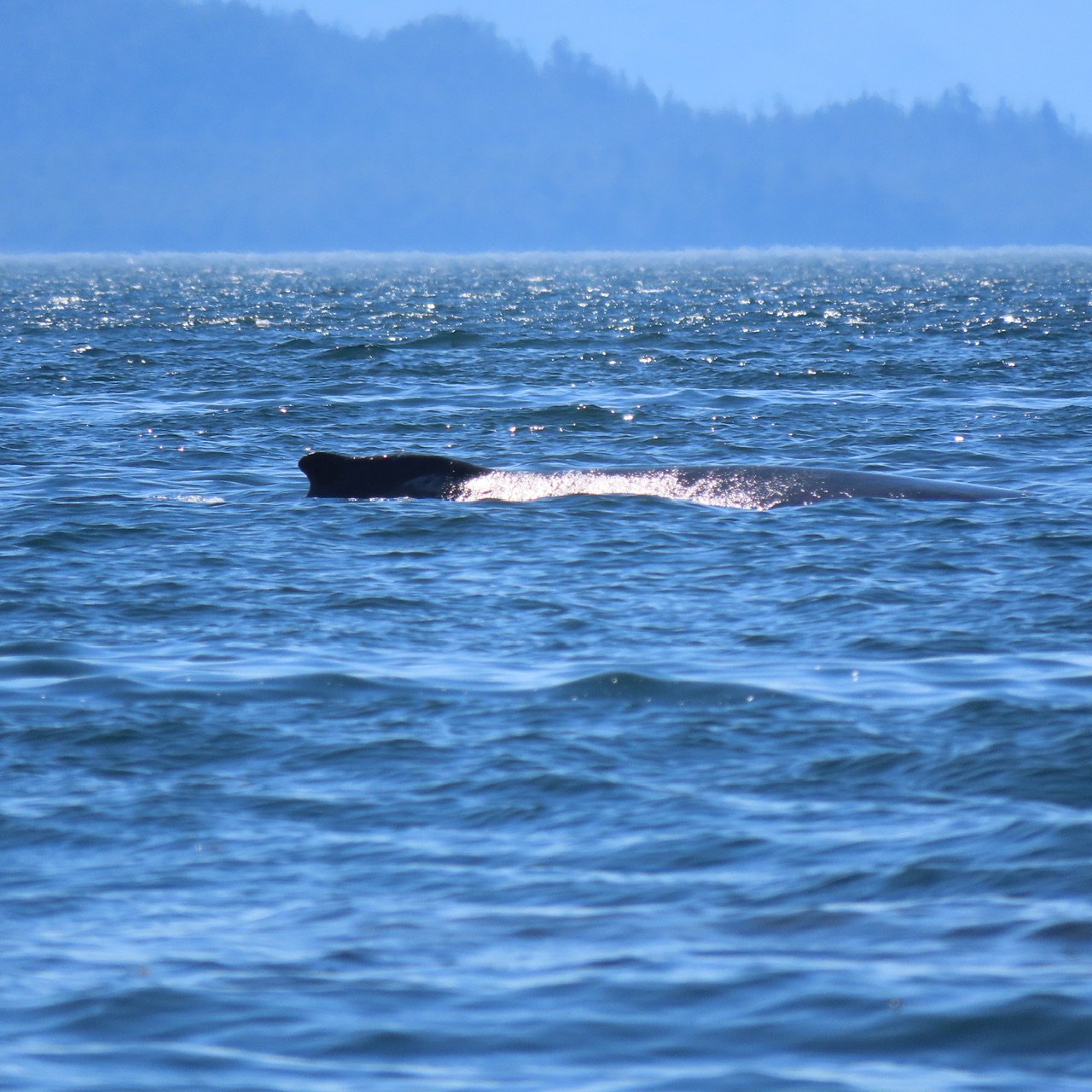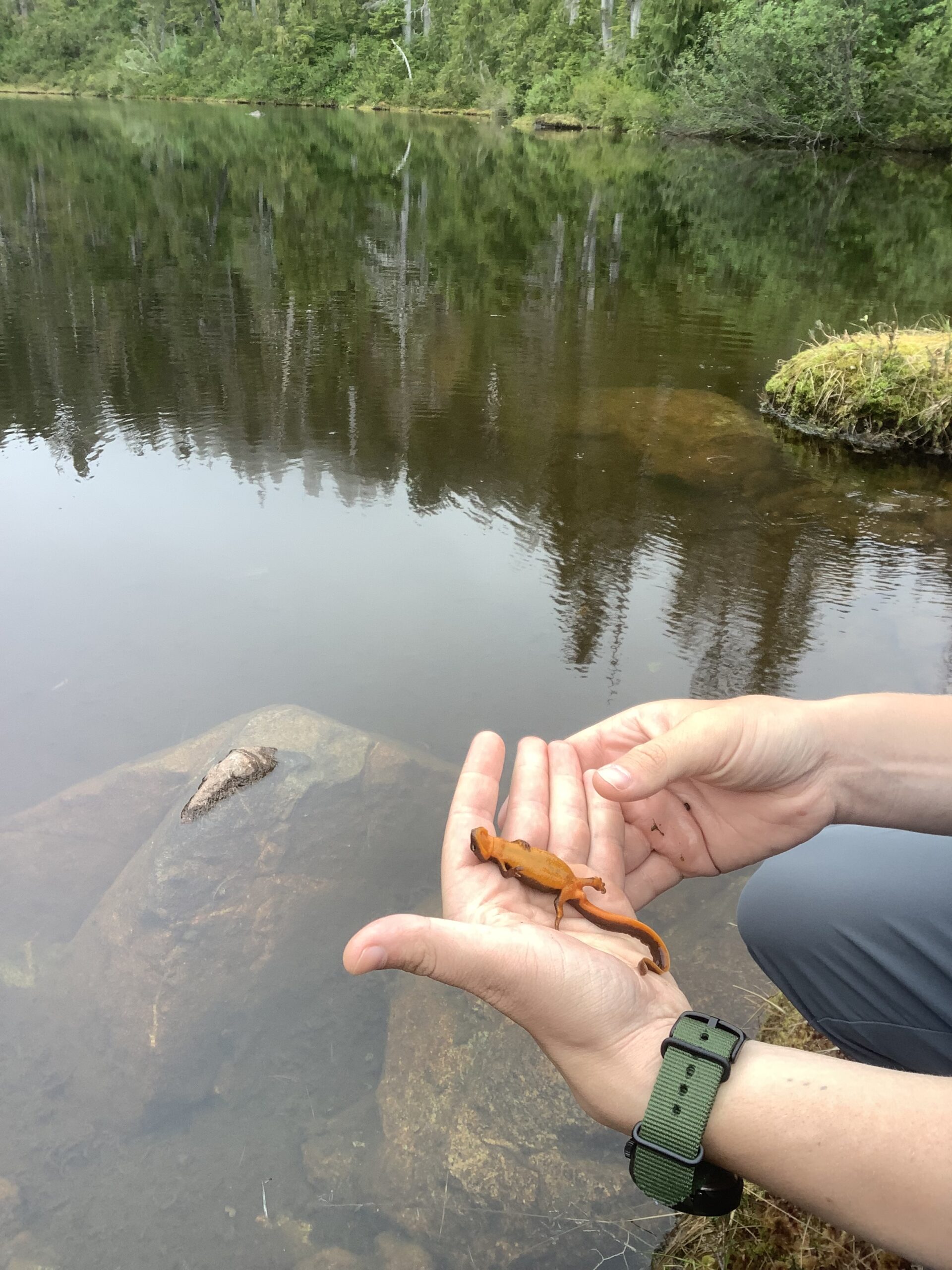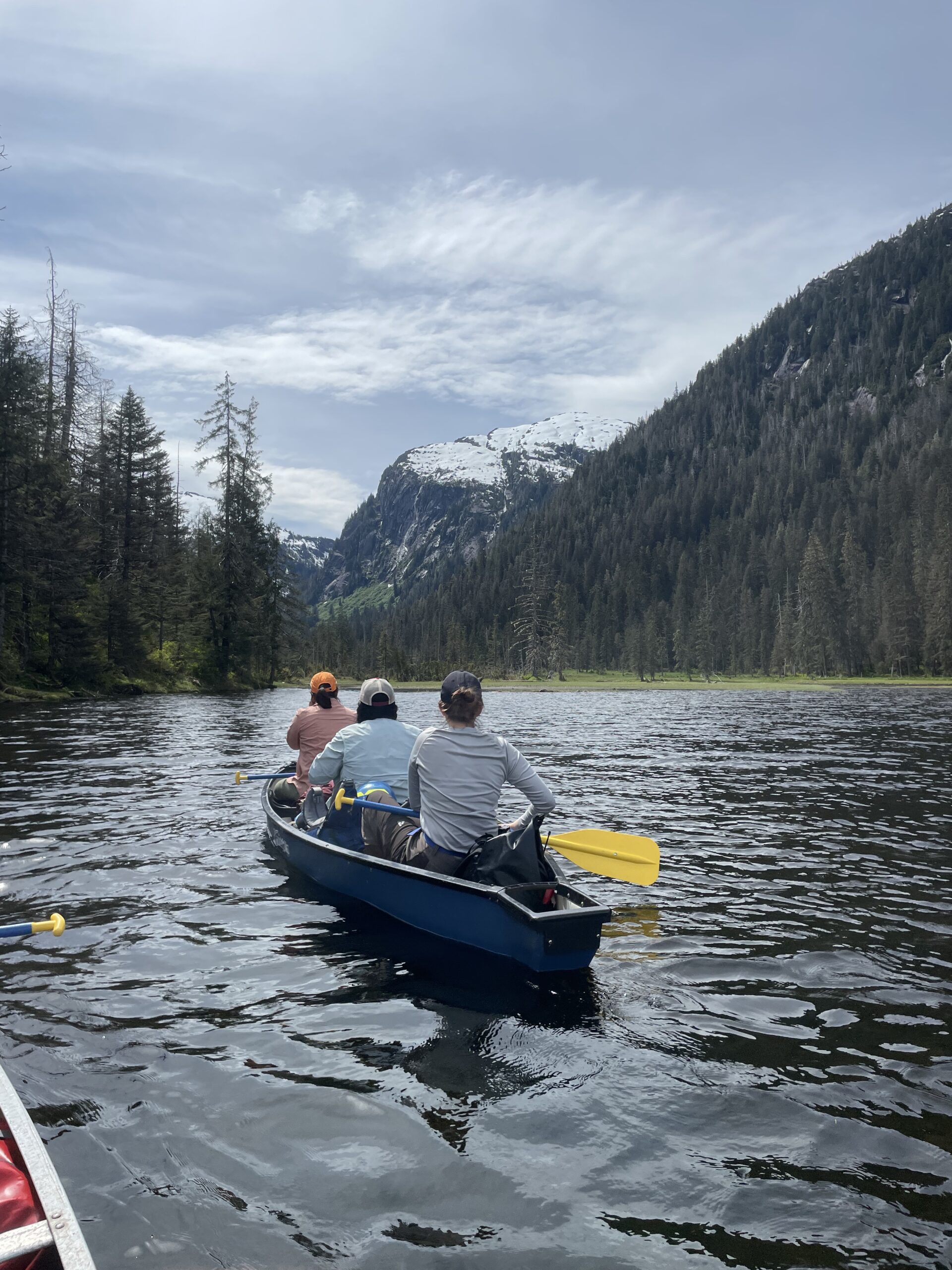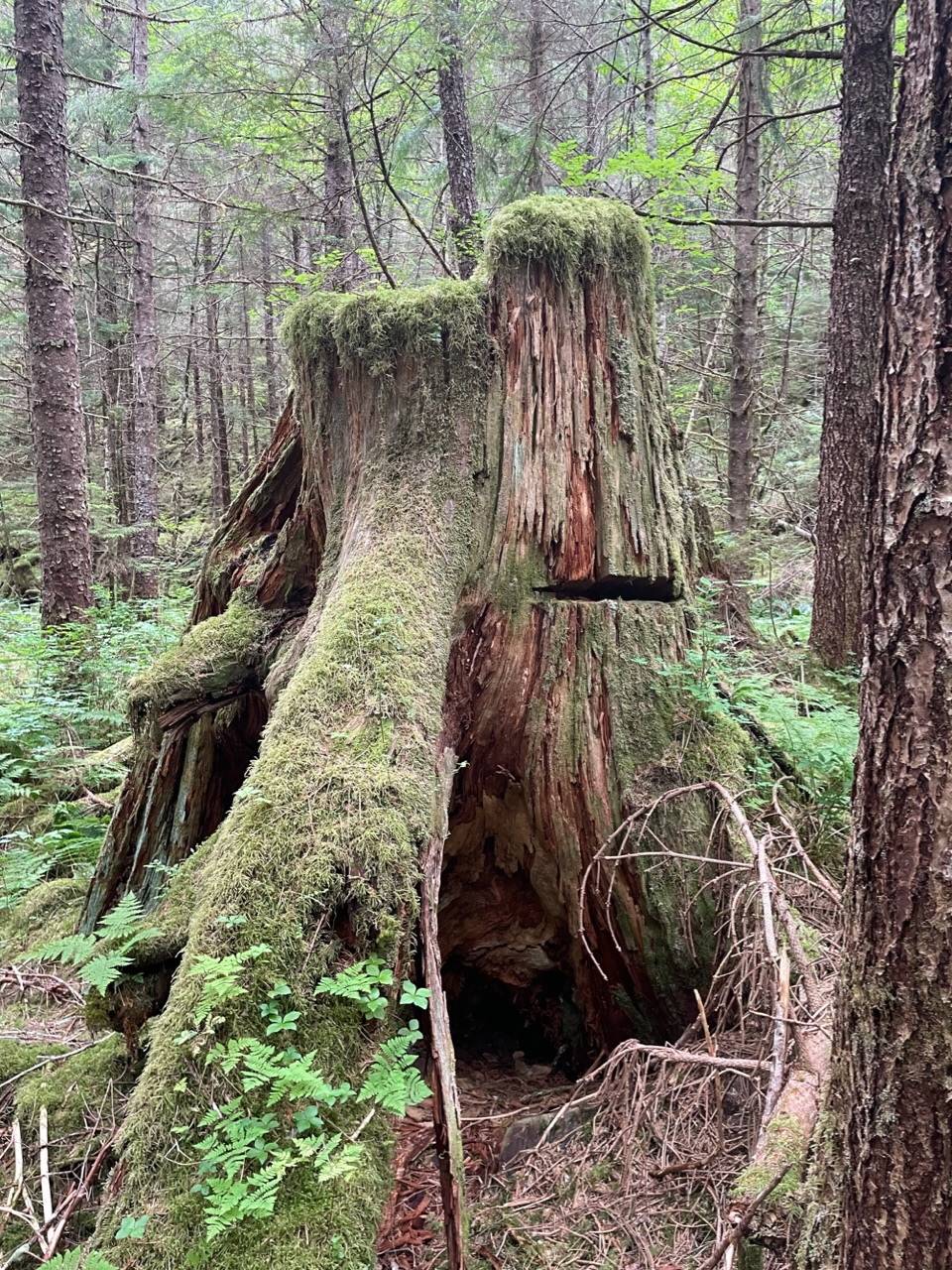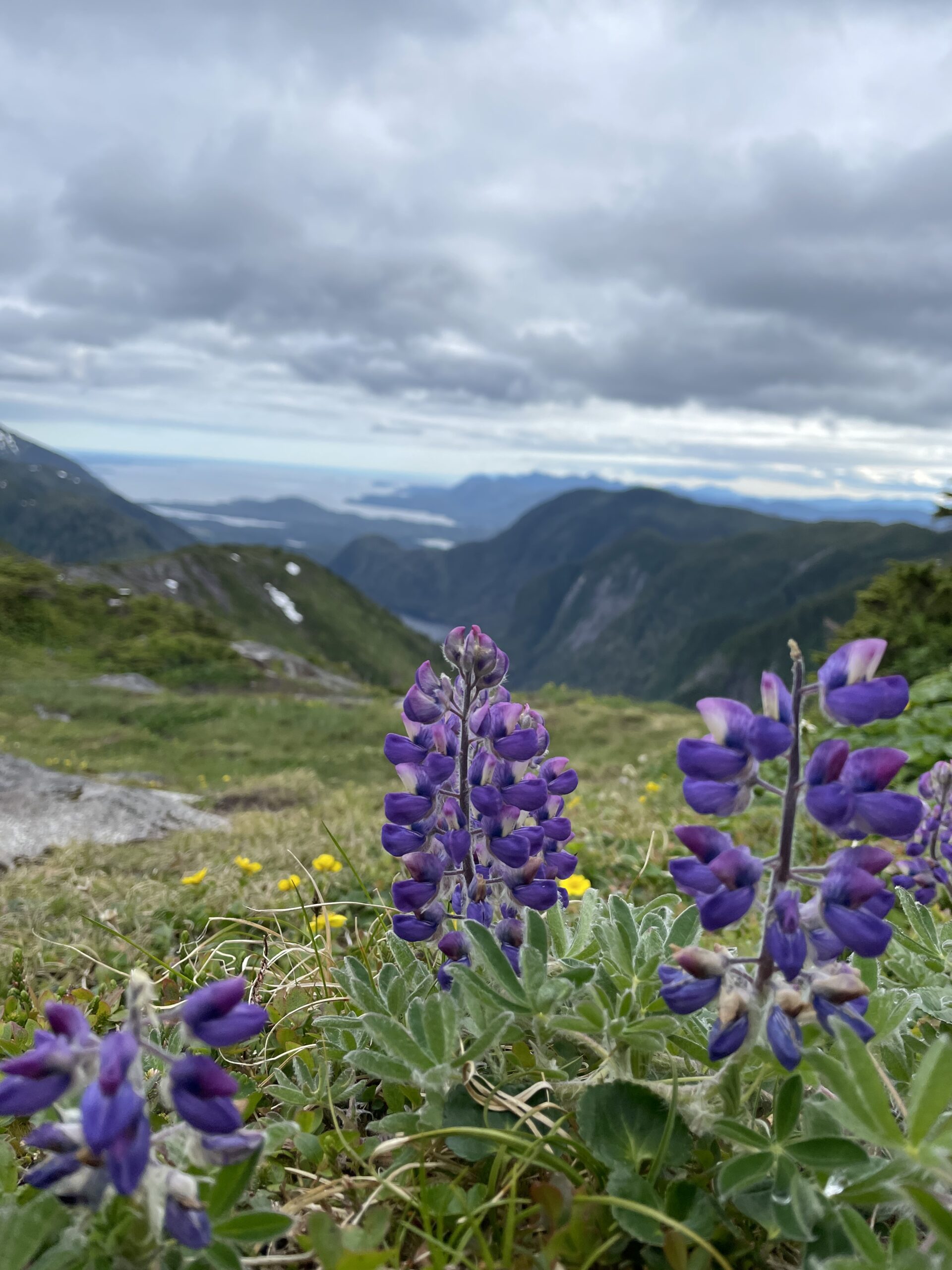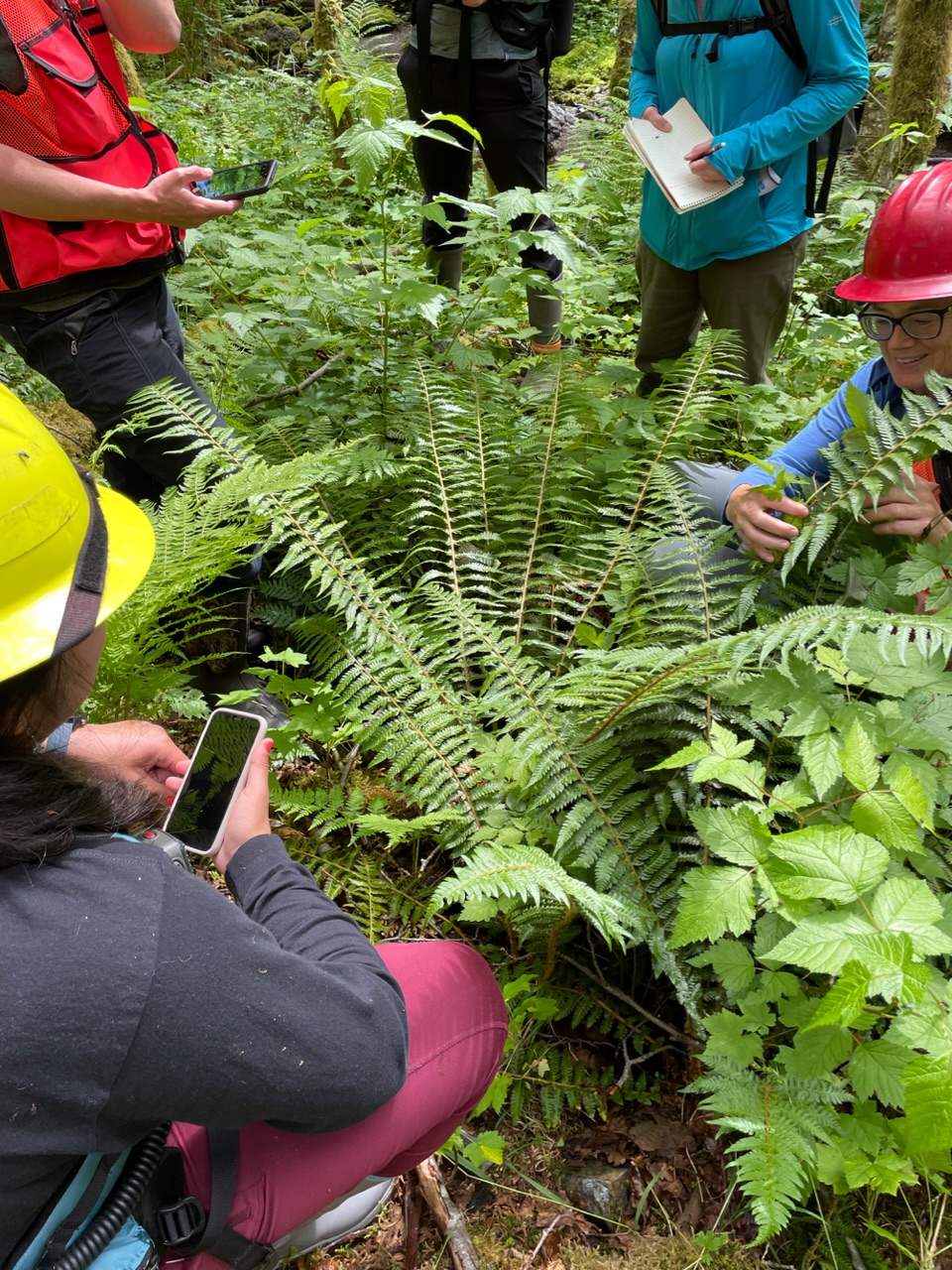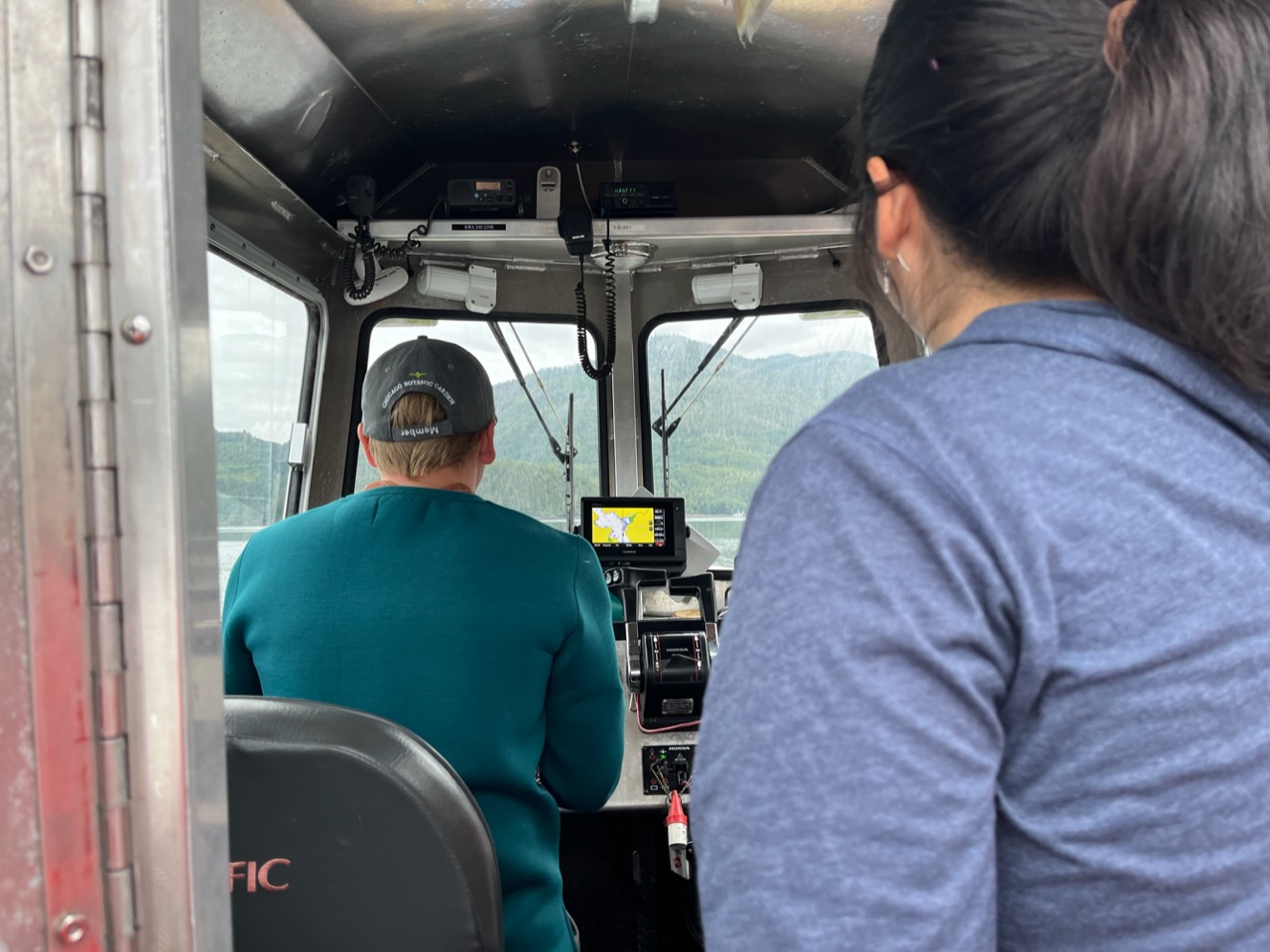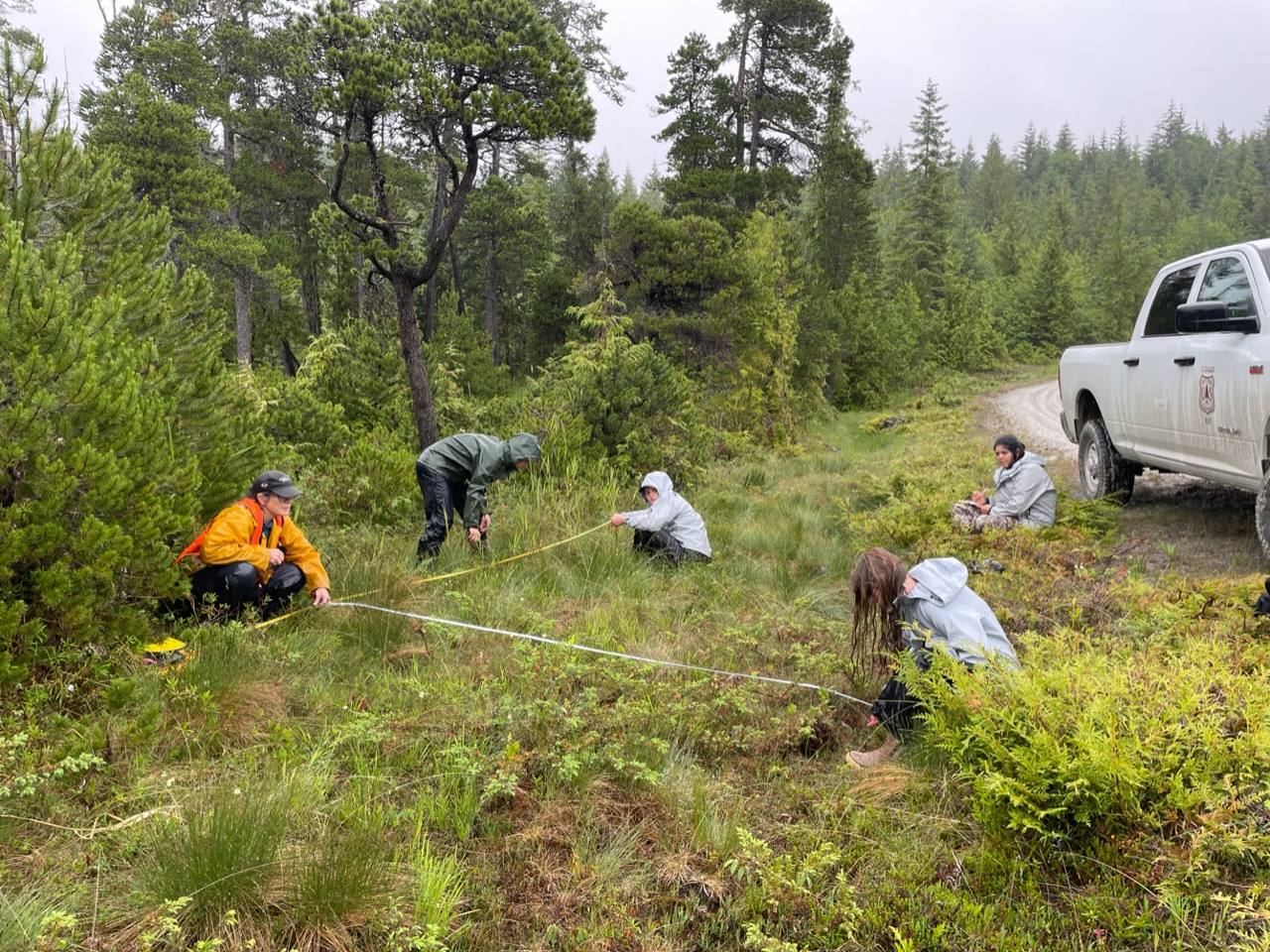My final month in the Tongass went by as quickly as the previous three. It was a summer full of adventures, seed collecting, hiking, camping, swimming, and wildlife viewing. The Tongass is truly a magical place. The coastal temperate rainforest is such a unique ecosystem. It is so productive and filled with megafauna and old-growth stands, that make you feel like you were transported into Jurassic Park. Ketchikan seems to always be entrapped by thick clouds and a mist that makes the mountain’s features more mysterious. However, despite its reputation as one of the rainiest US towns, we had a beautiful summer filled with many consecutive sunny days. I began to long for the clouds and rain as plants and creeks started to dry up. After a few weeks in August, Ketchikan returned to its normal cloud coverage that I’ve grown to love.
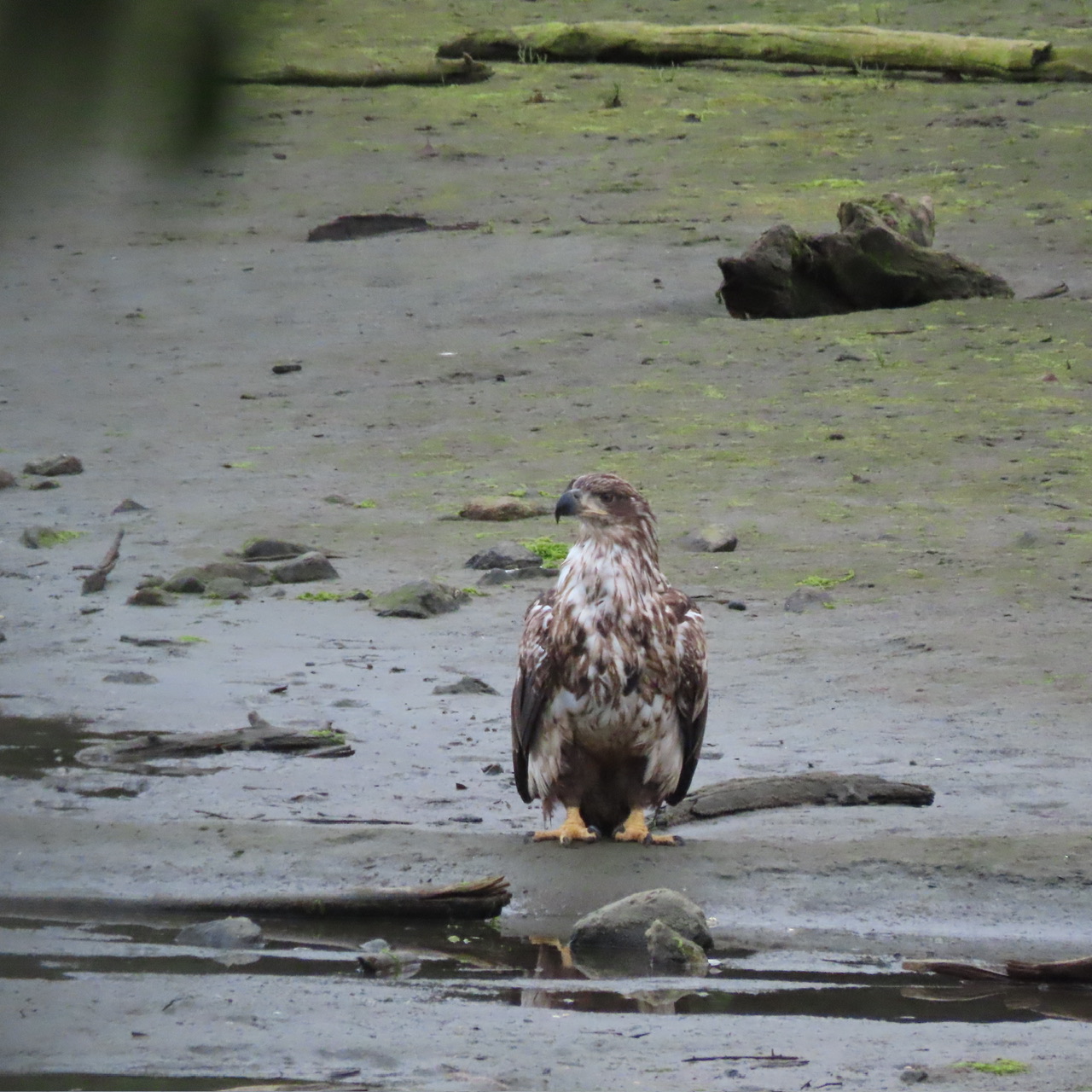
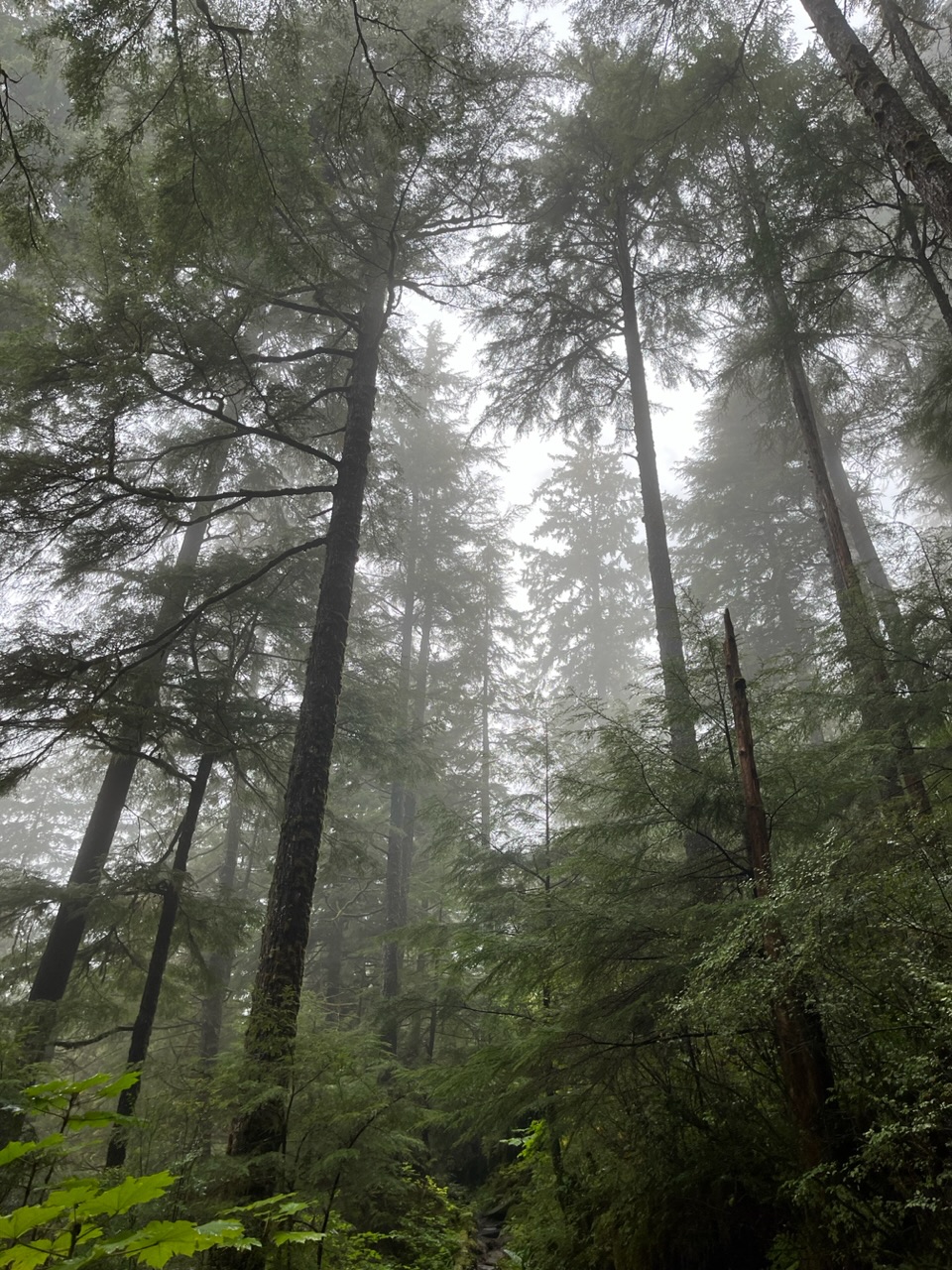
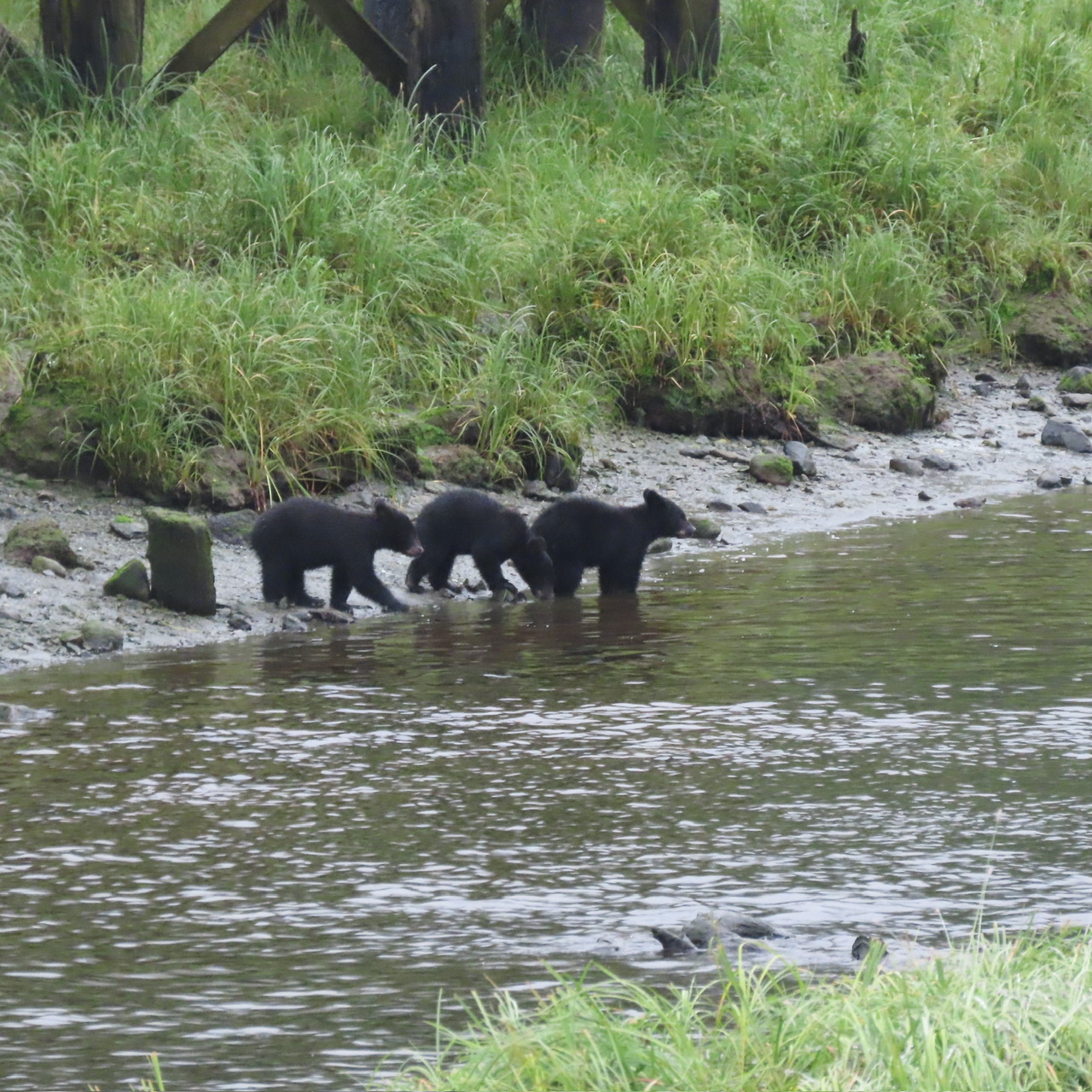
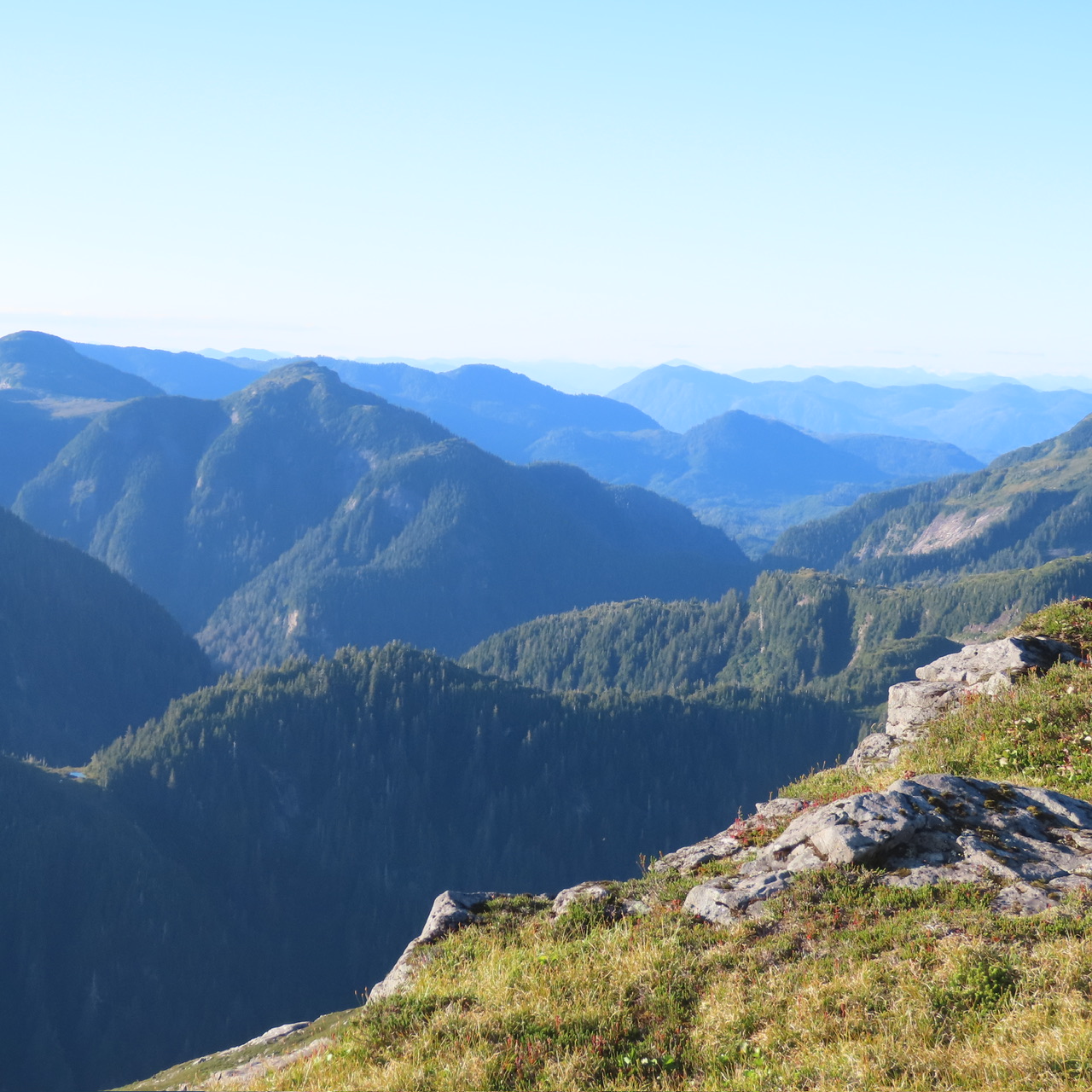
We finished the season with collections from 20 different species. Aquilegia formosa (wild columbine), Aruncus dioicus (goatsbeard), Carex aquatilis (water sedge), Carex echinata (star sedge), Coptis aspleniifolia (fern-leaf goldthread), Chamerion angustifolium (fireweed), Gualtheria shallon (salal), Heracleum maximum (cow parsnip), Oplopanax horridus (devil’s club), Ribes bracteosum (stink currant), Rubus spectabilis (salmonberry), Sanguisorba officinalis (great burnet), Scirpus microcarpus (panicled bulrush), Spiraea splendens (rose meadowsweet), Tiarella trifoliata (three-leaf foamflower), Vaccinium ovalifolium (blueberry), and Vaccinium parviflorum (red huckleberry). In total we collected 1,577,772 seeds, weighing 17 lbs.
It was a very diverse group of species, that all have high value for restoration projects. For example, Cow Parsnip & Fireweed provide food and shelter to animals and pollinators. Plus, they are great for roadside disturbed areas and shade out the biggest nuisance in the Tongass: reed canary grass. We collected lots of fruit bearing shrubs that are great for wildlife and help stabilize the soil. The rest of the species were collected to help revive the stream banks after stream restorations.
Apart from all the seed collecting, we collaborated with other resource specialists on timber, watershed restoration, archeology, and recreation projects. I got to dip my toe into the other disciplines and expand my general knowledge. This experience I had out here was everything I wanted and more. I learned a ton about botany, coastal rainforests, restoration, and working for a government agency. This internship is definitely going to be instrumental in continuing a career stewarding our natural world.
I leave Alaska with a bittersweet kind of feeling. I am very grateful for this opportunity and so glad I accepted the offer to come almost 3,500+ miles from home to an area that I had no prior experience with. The Tongass National Forest holds a special place in my heart, and I look forward to making my way back here one of these days.
